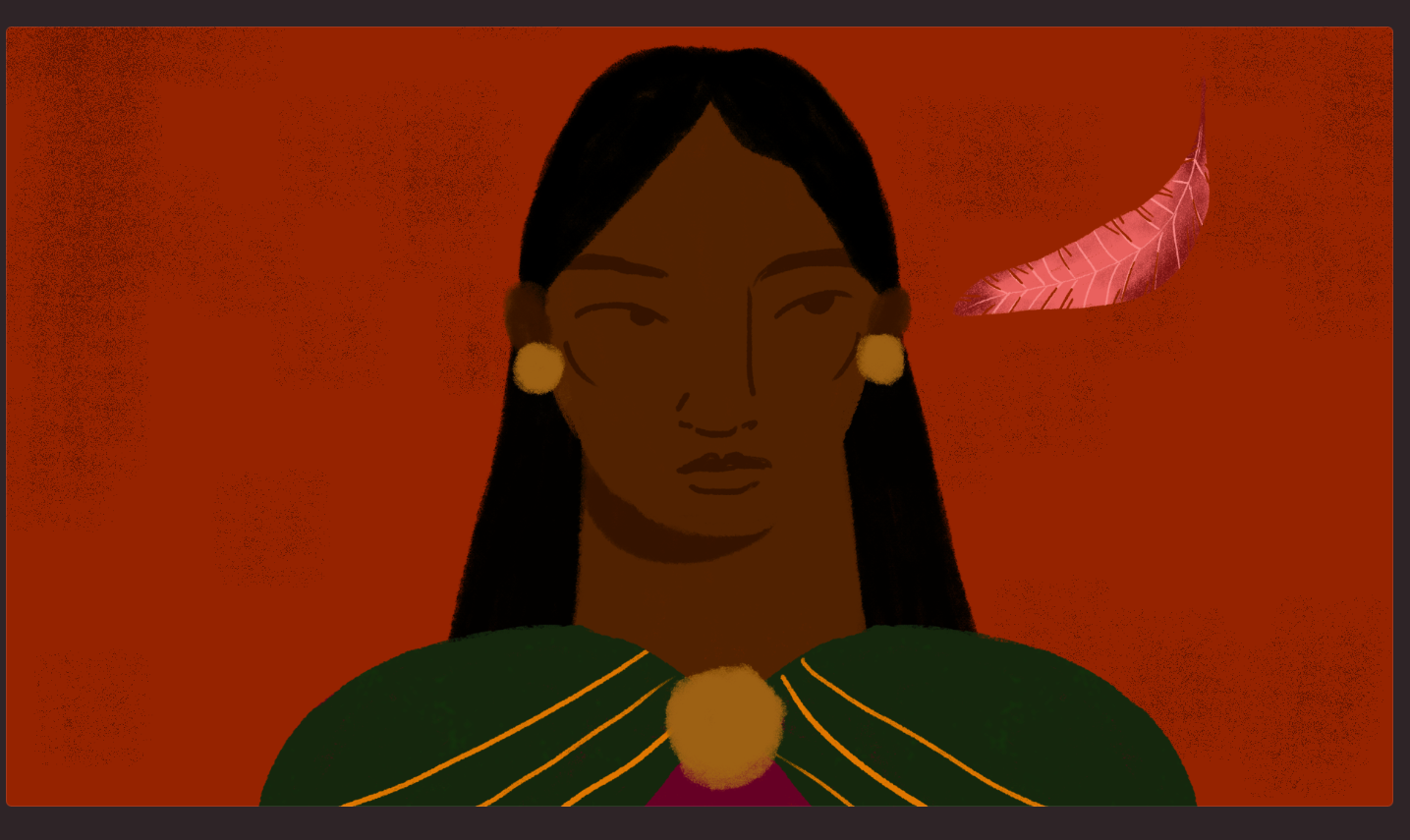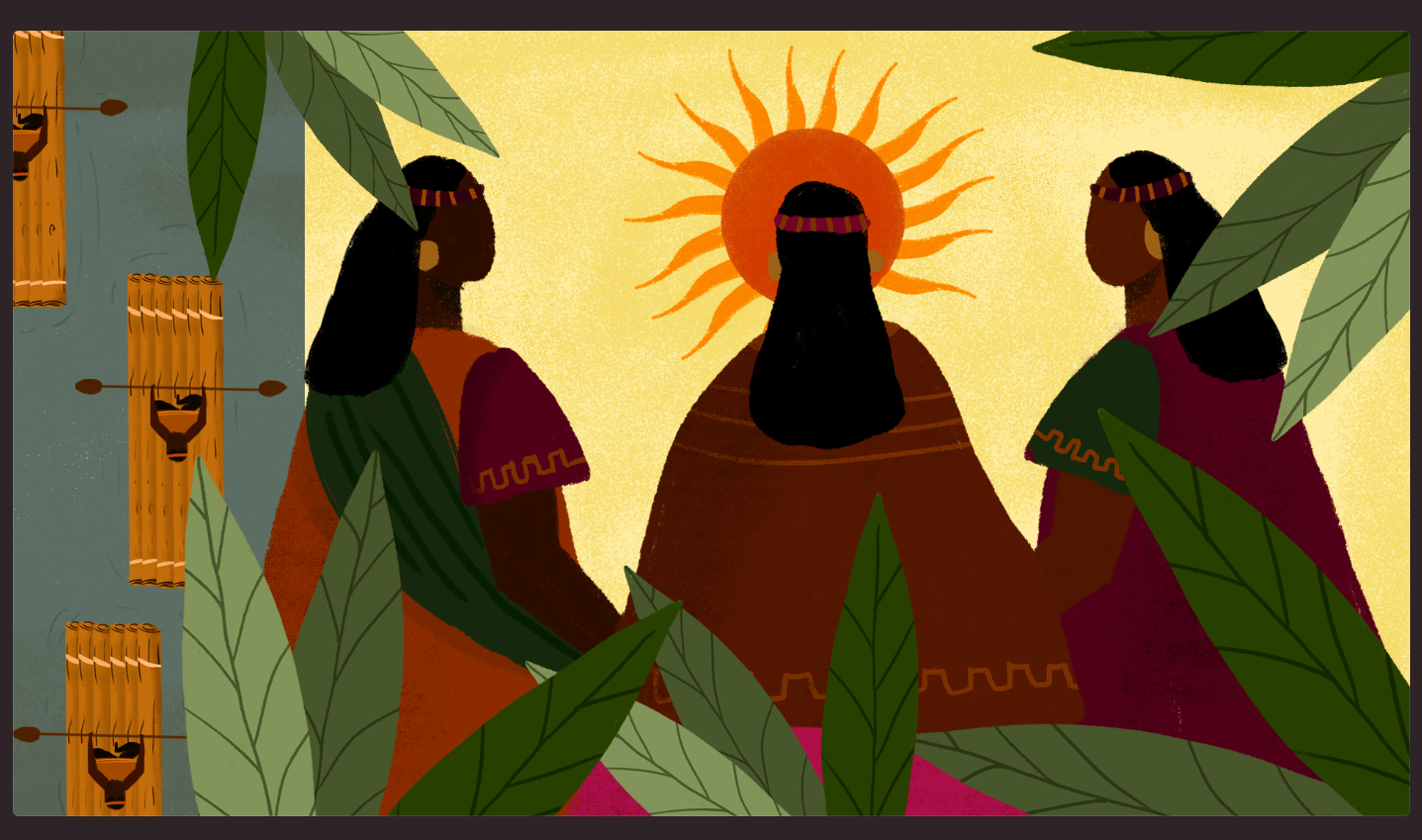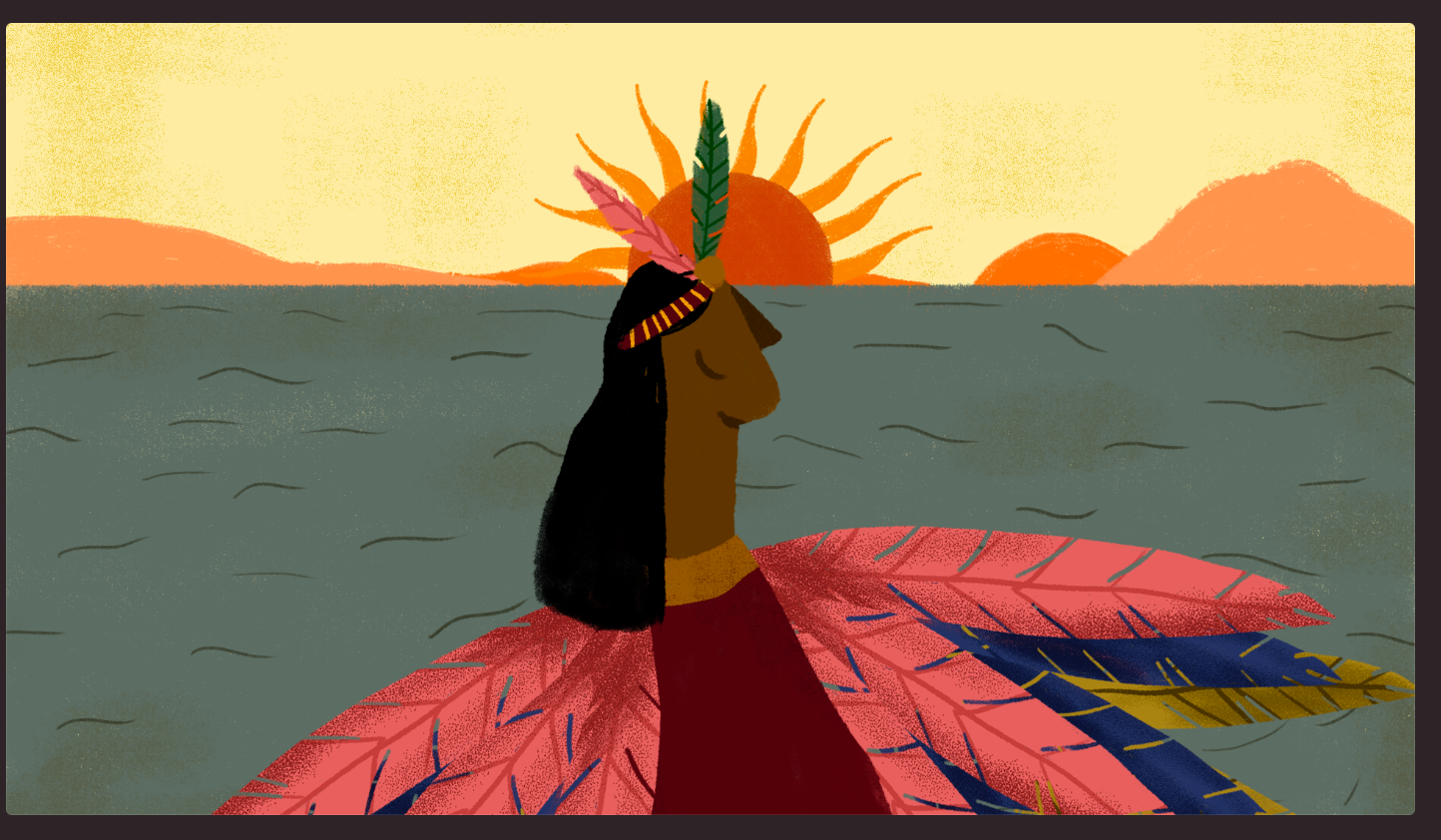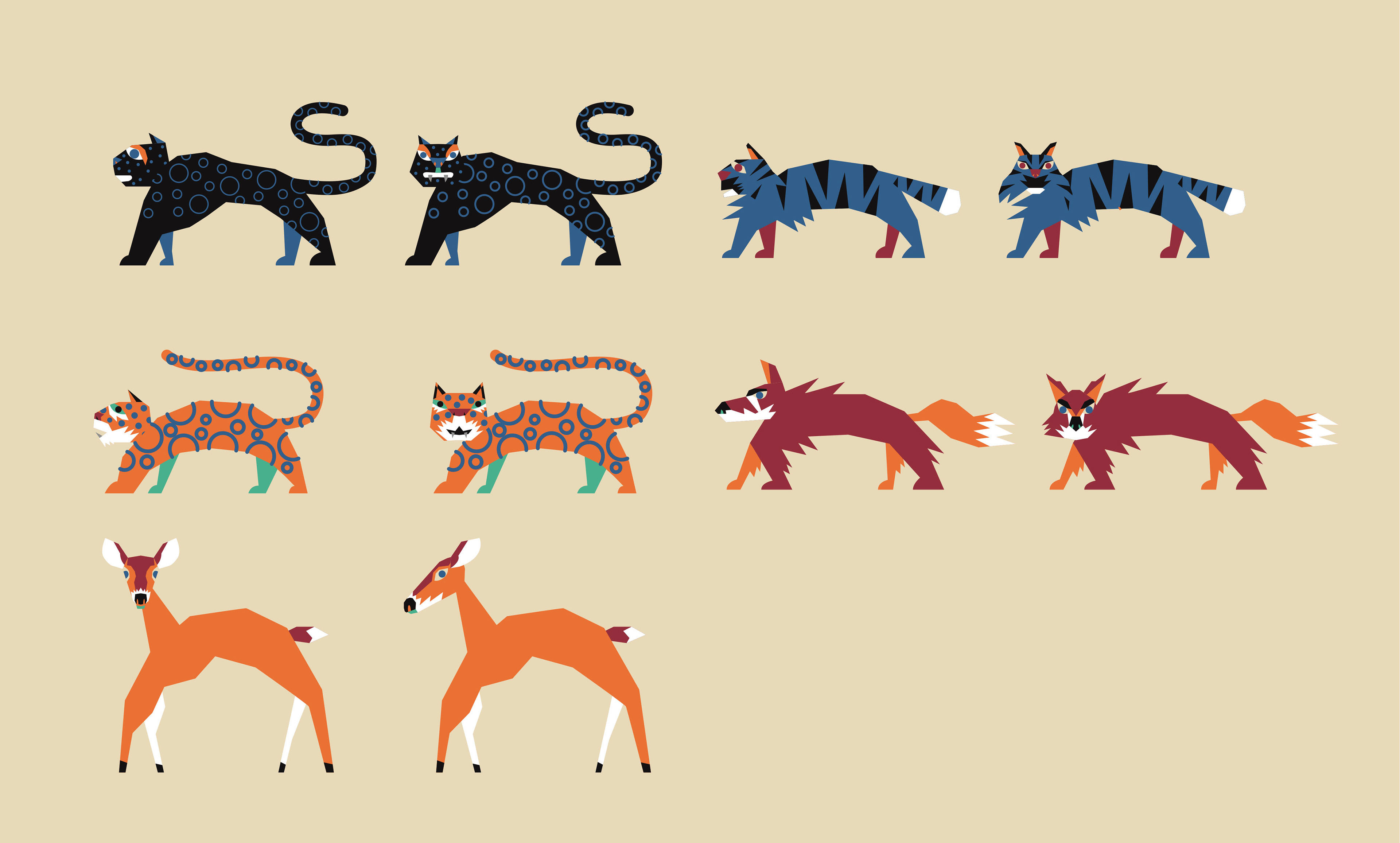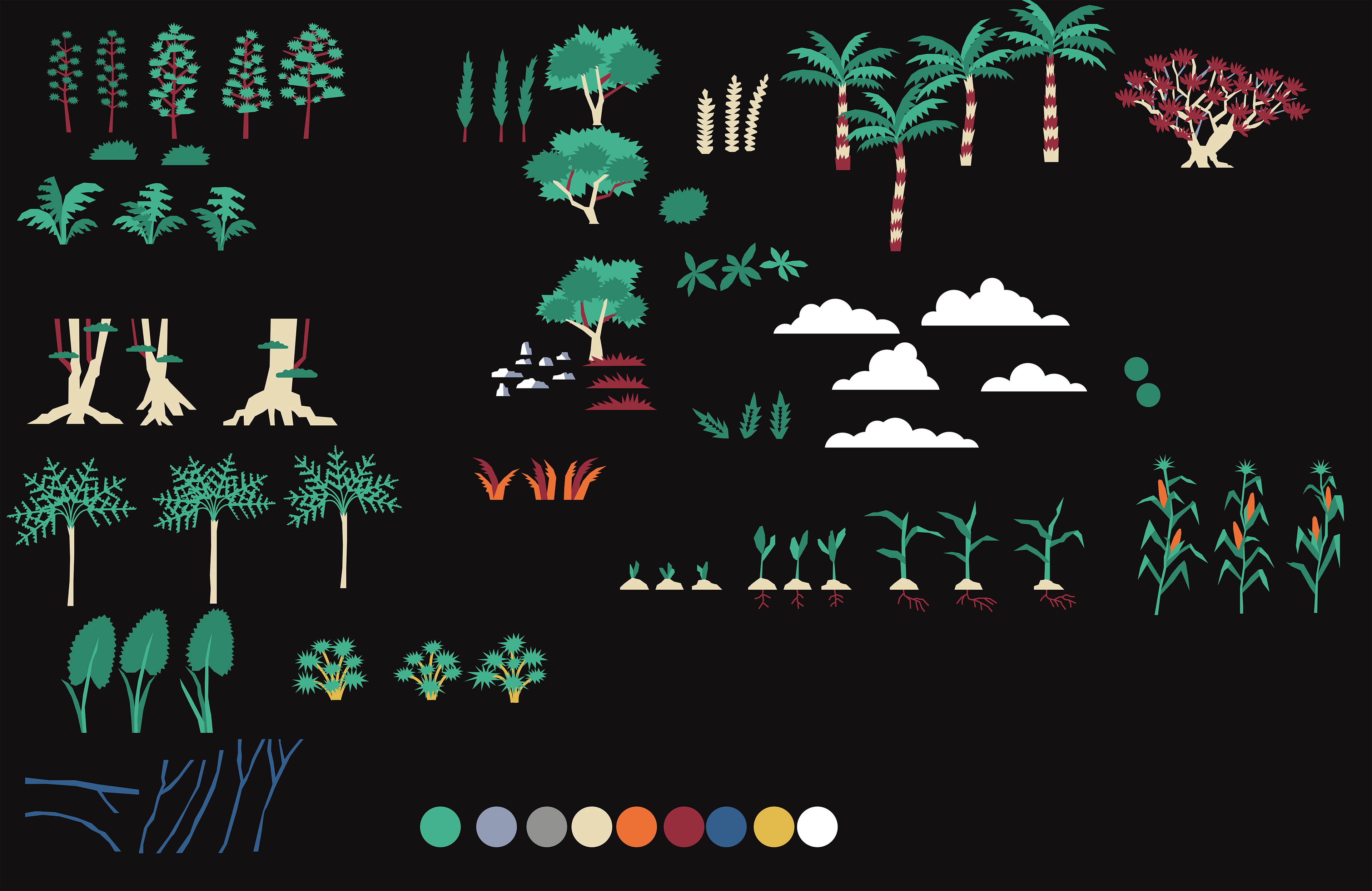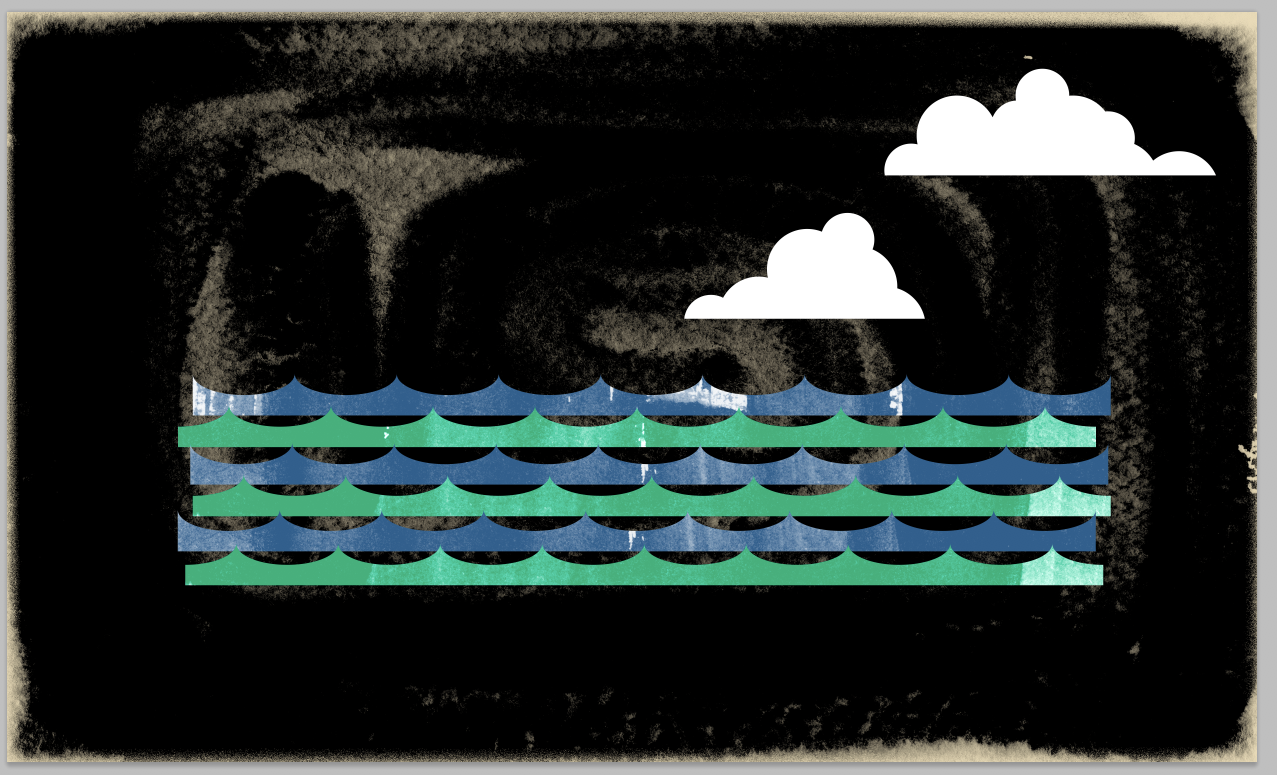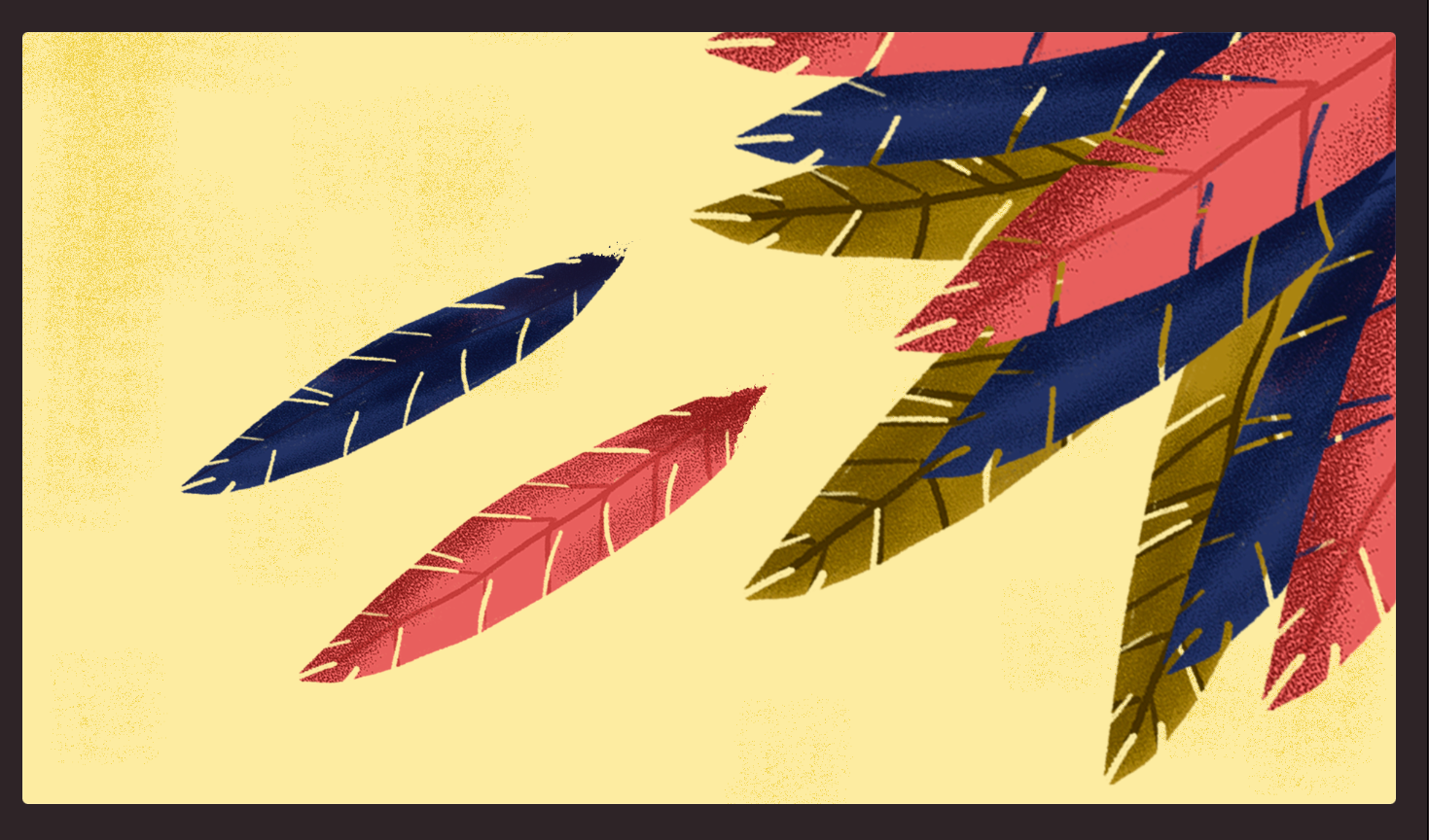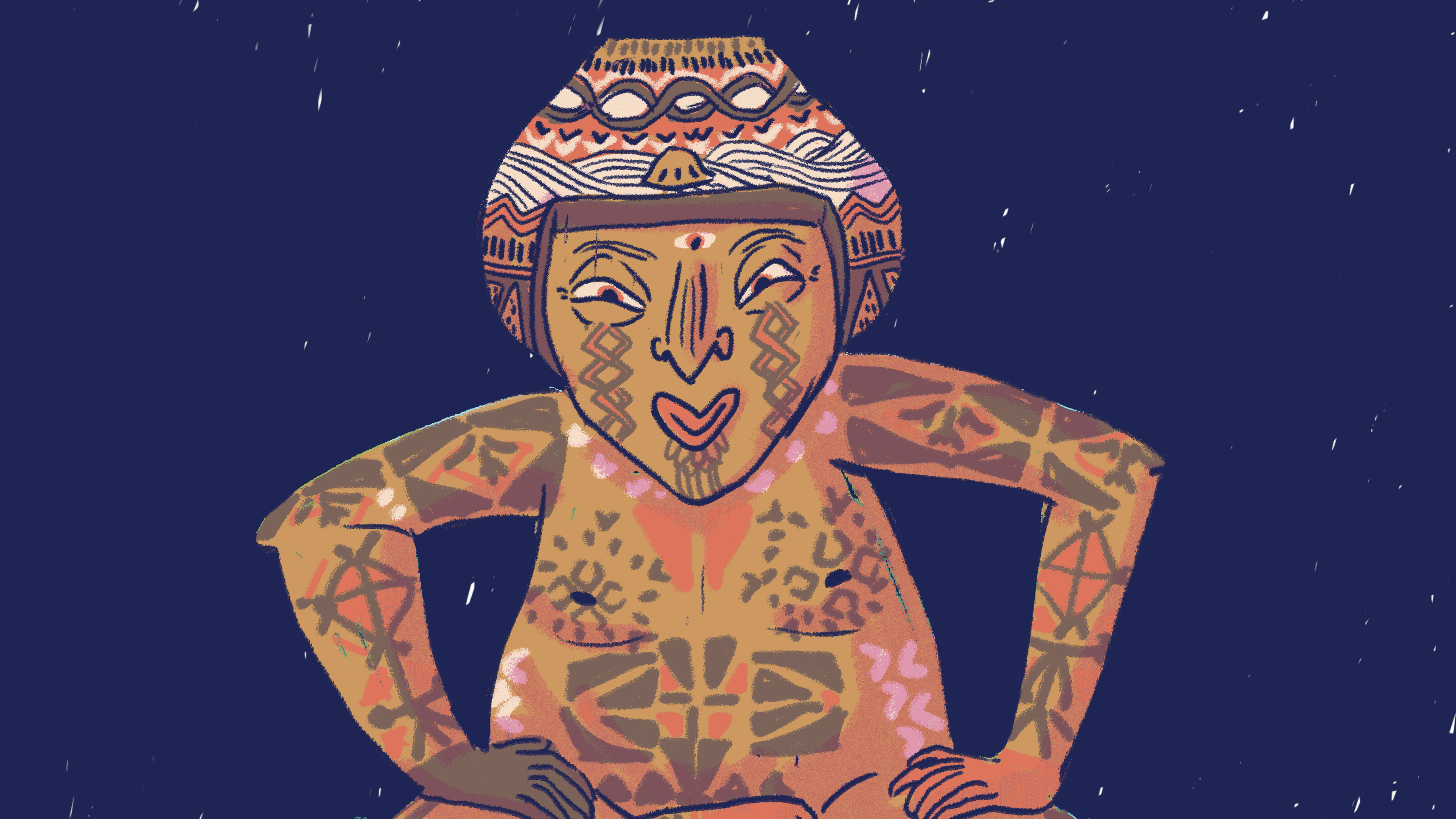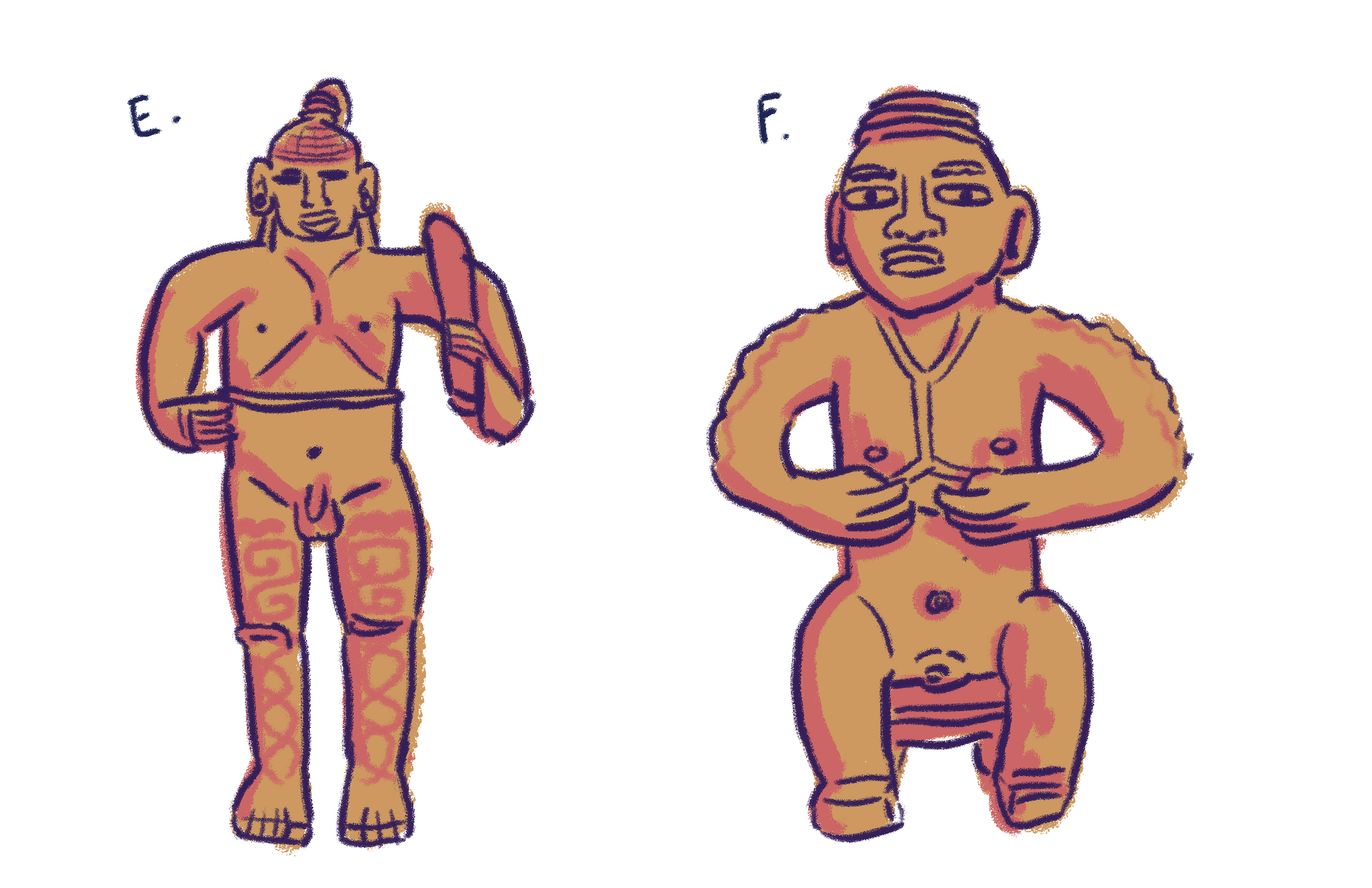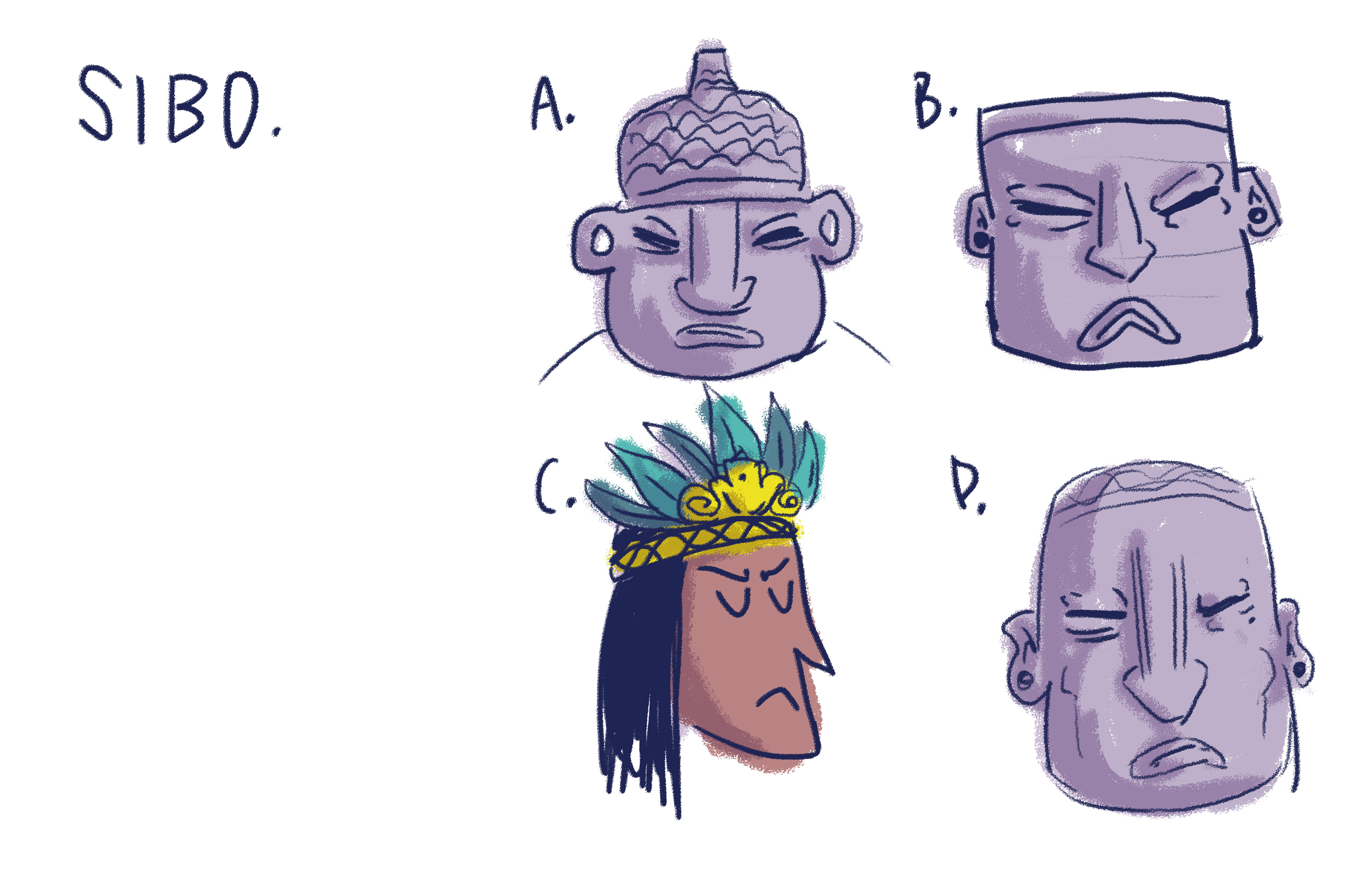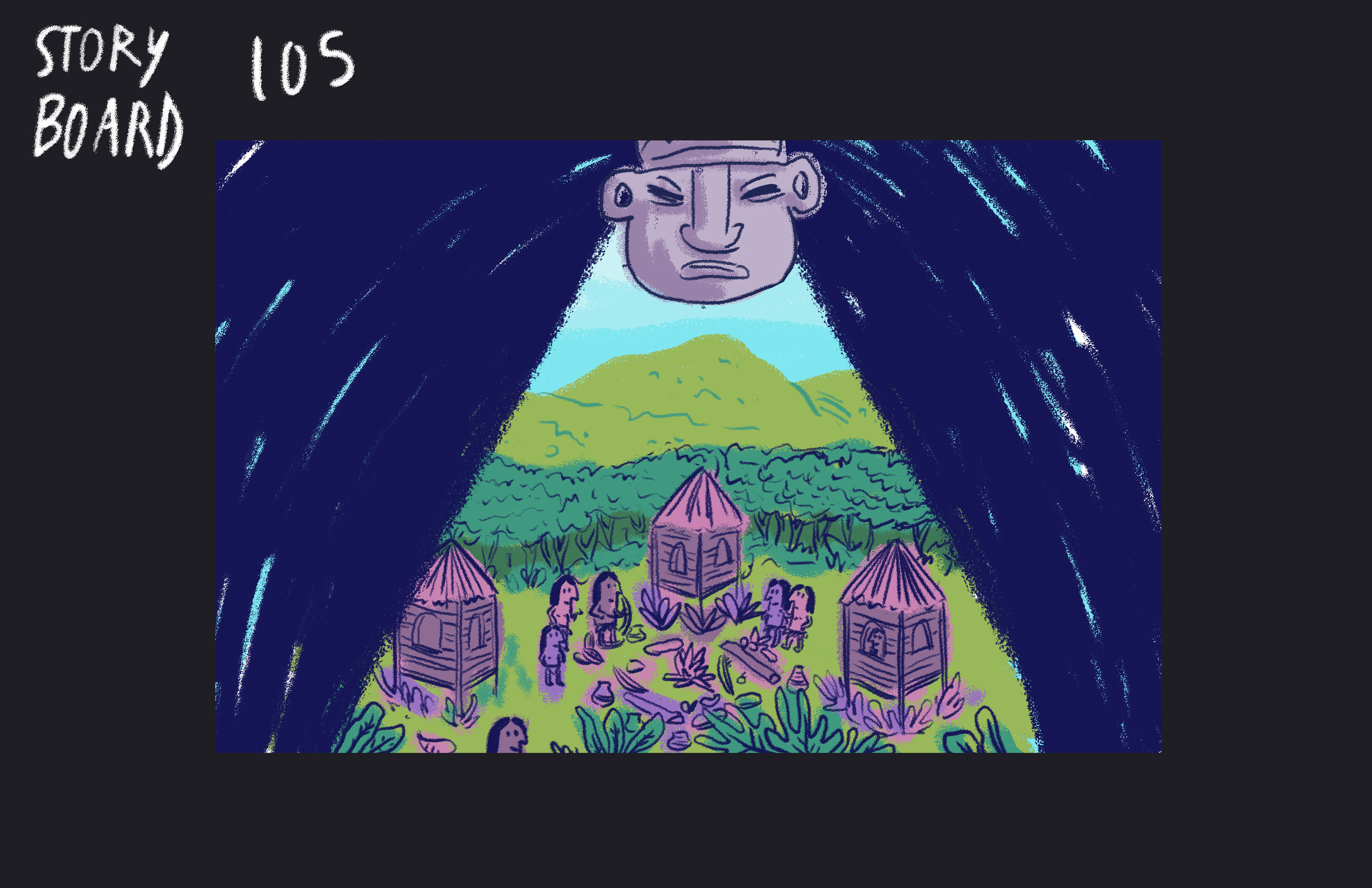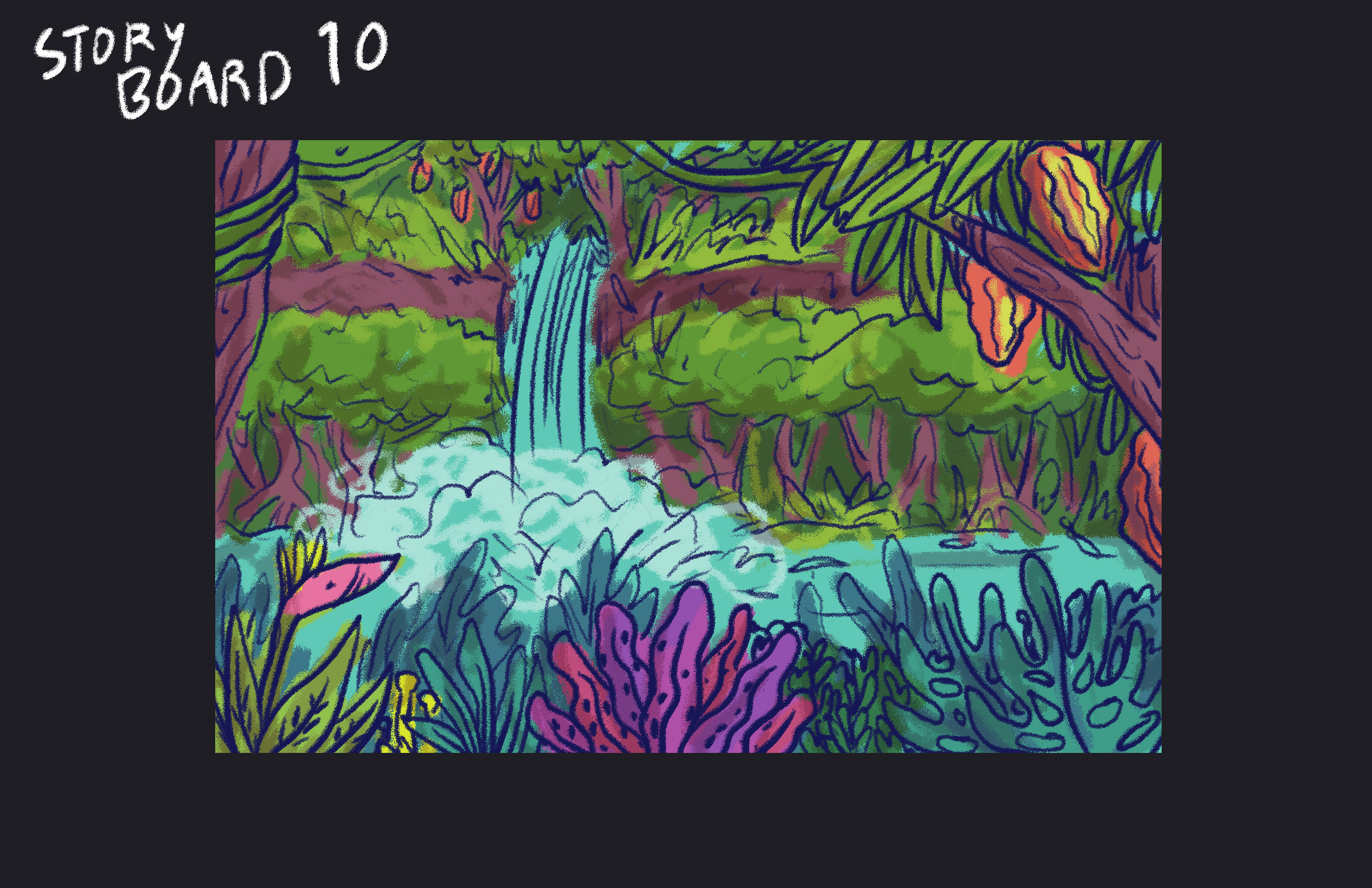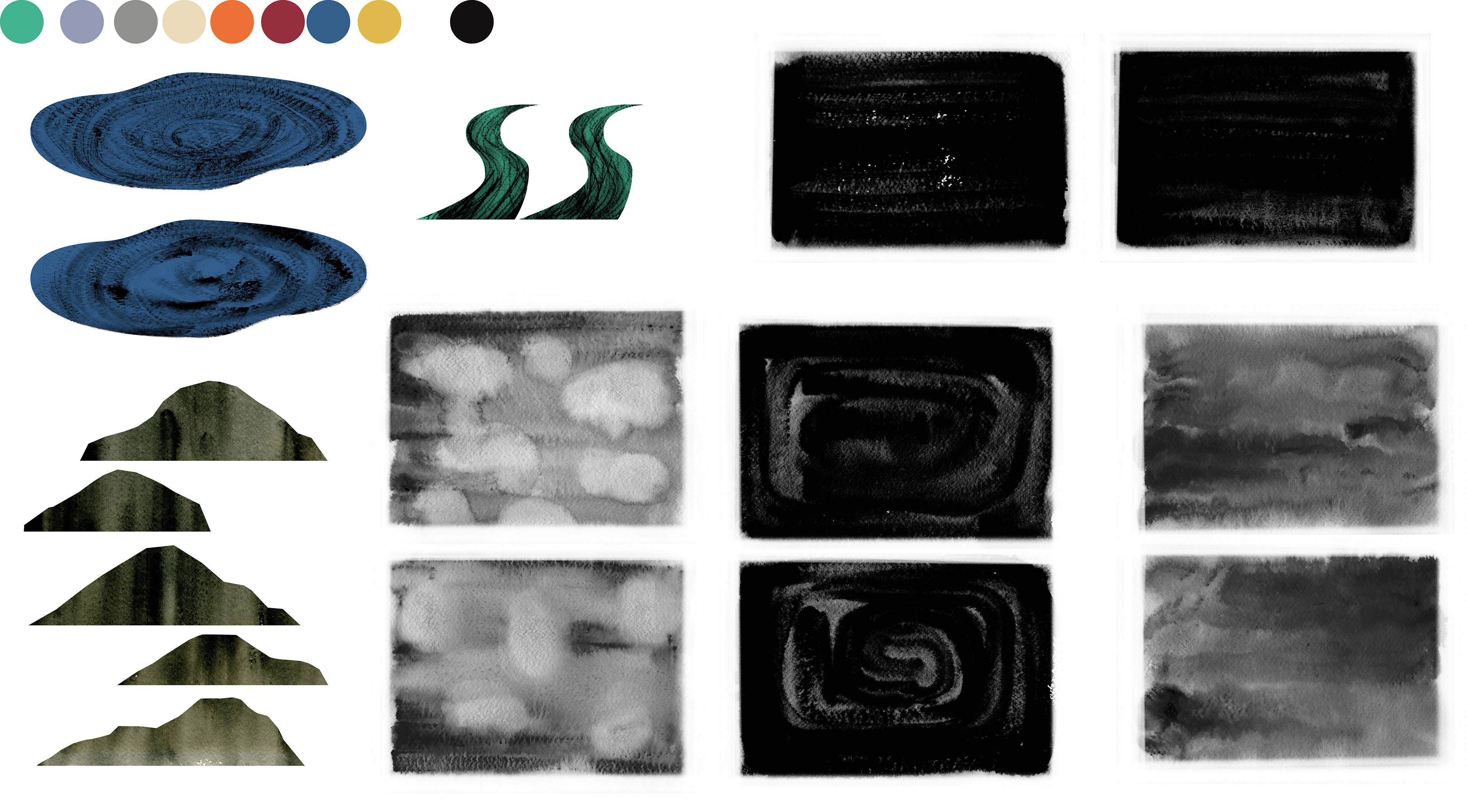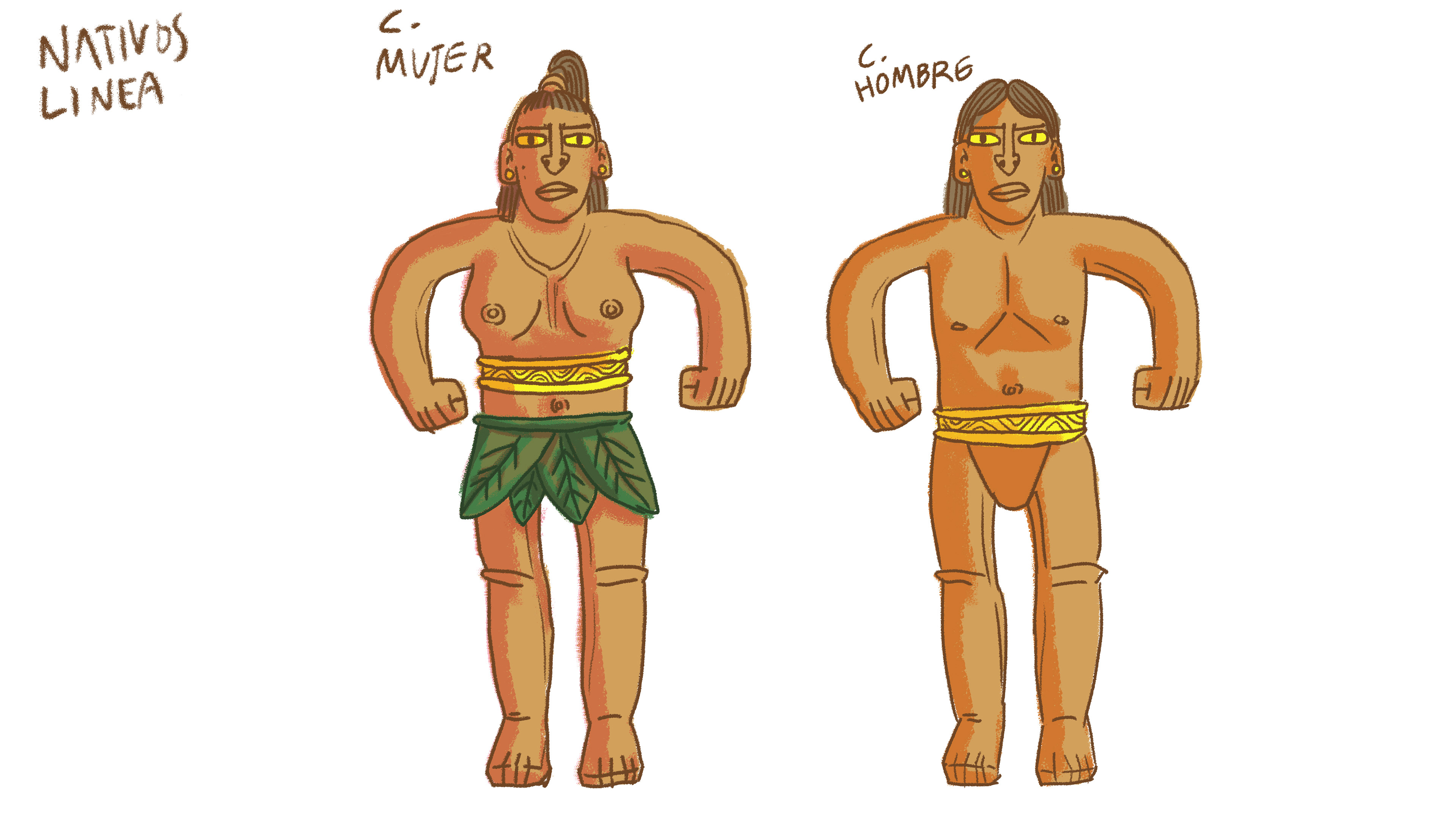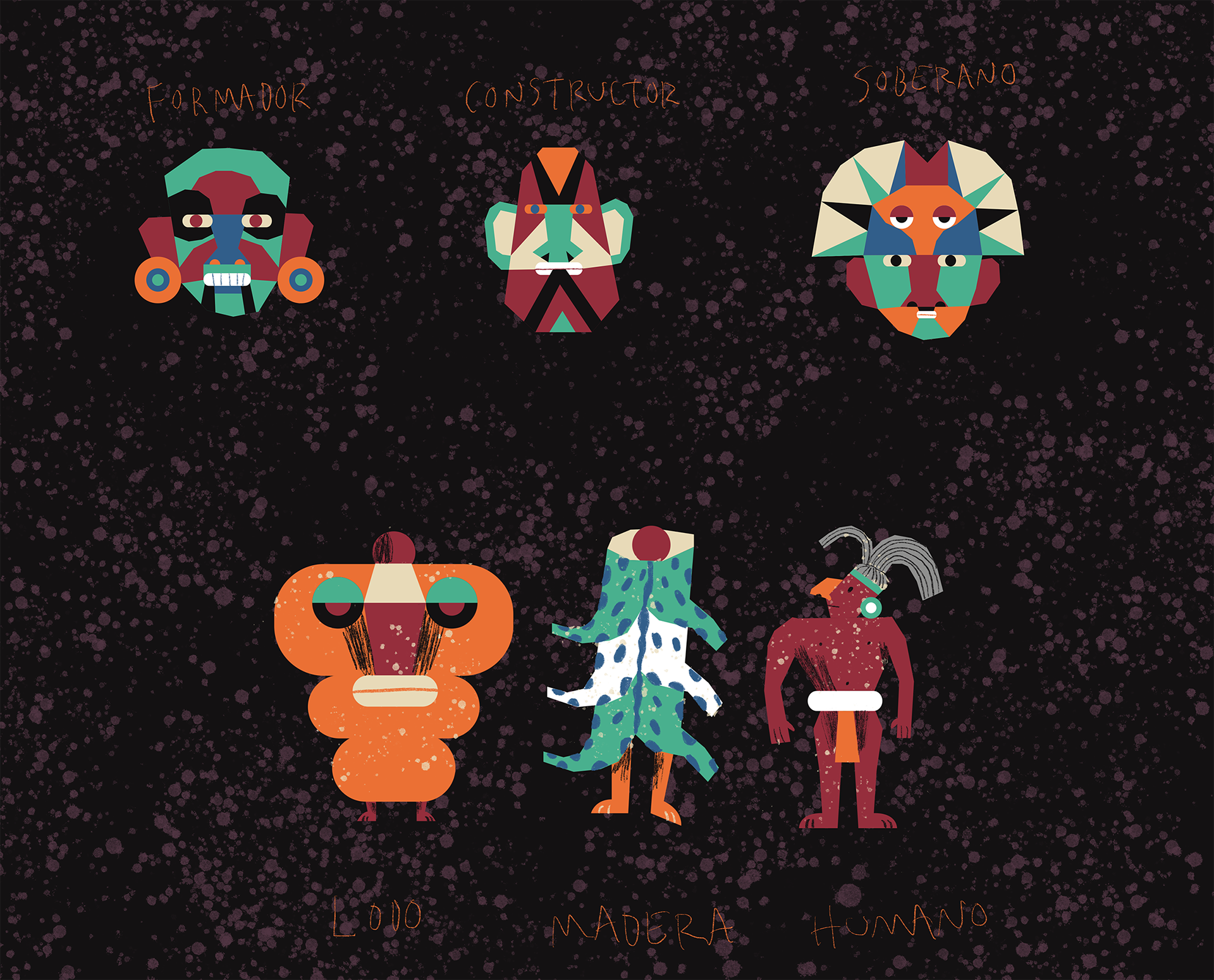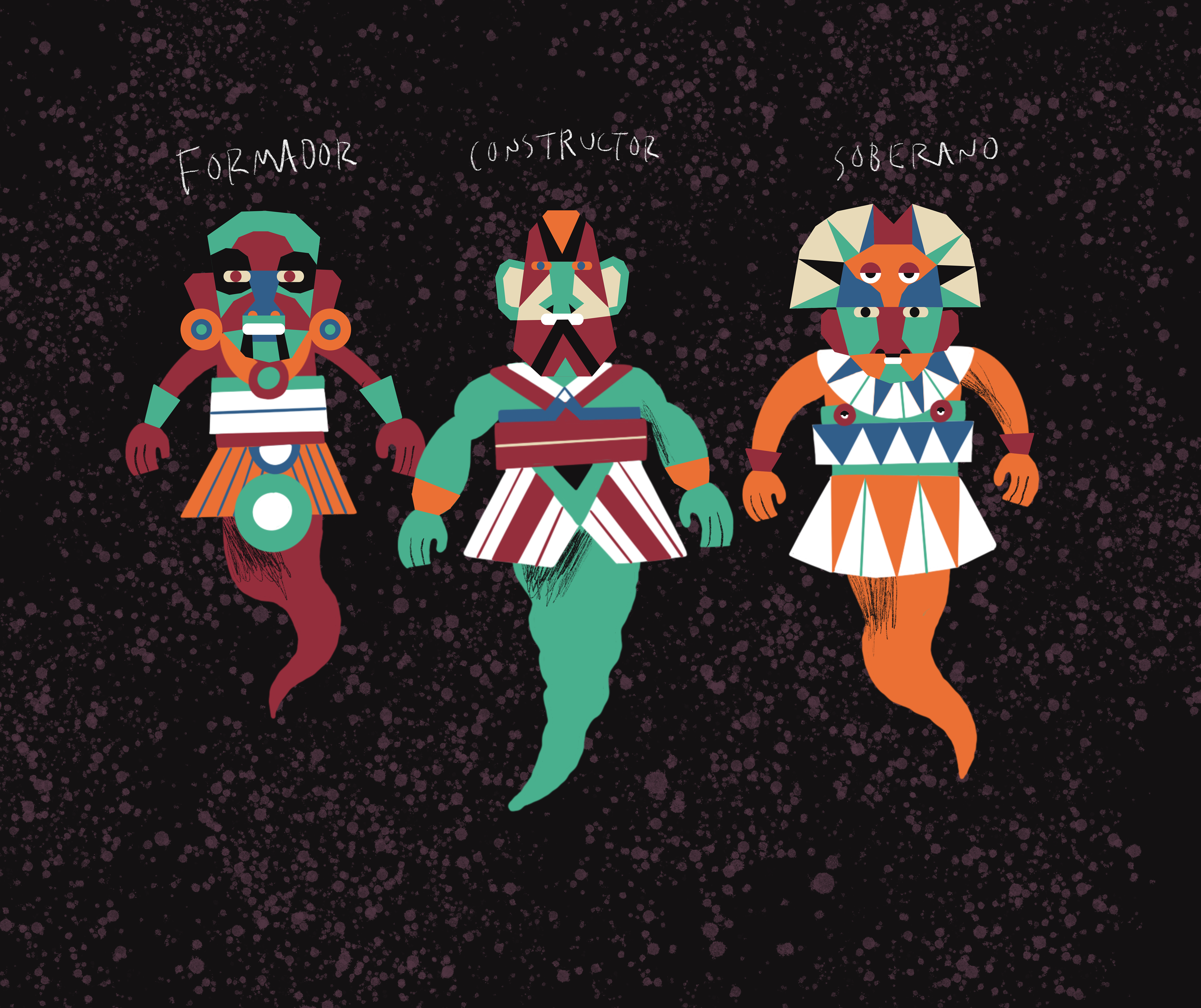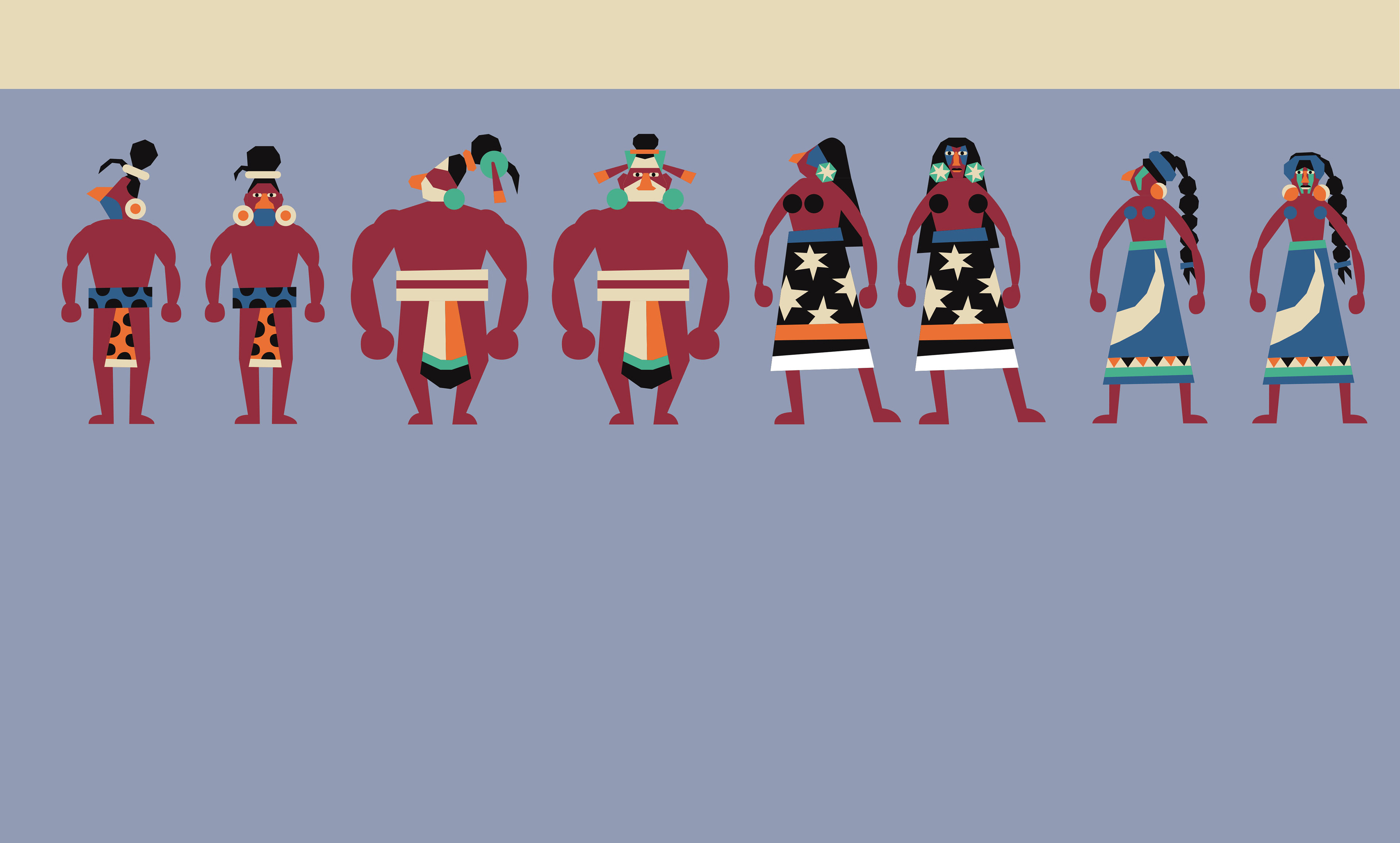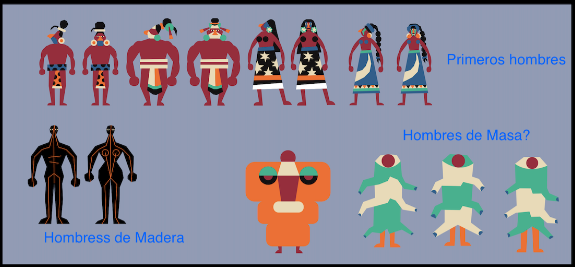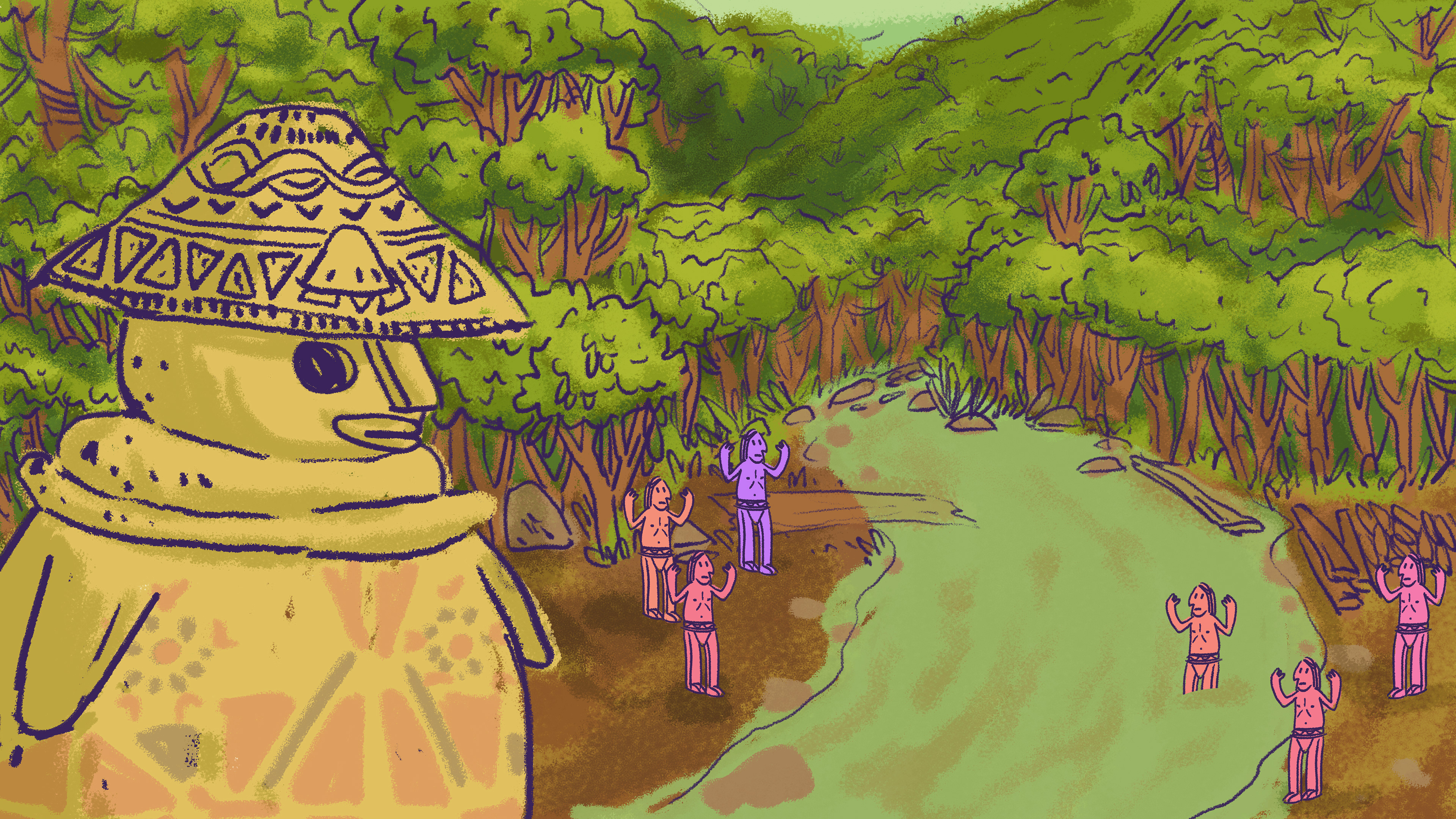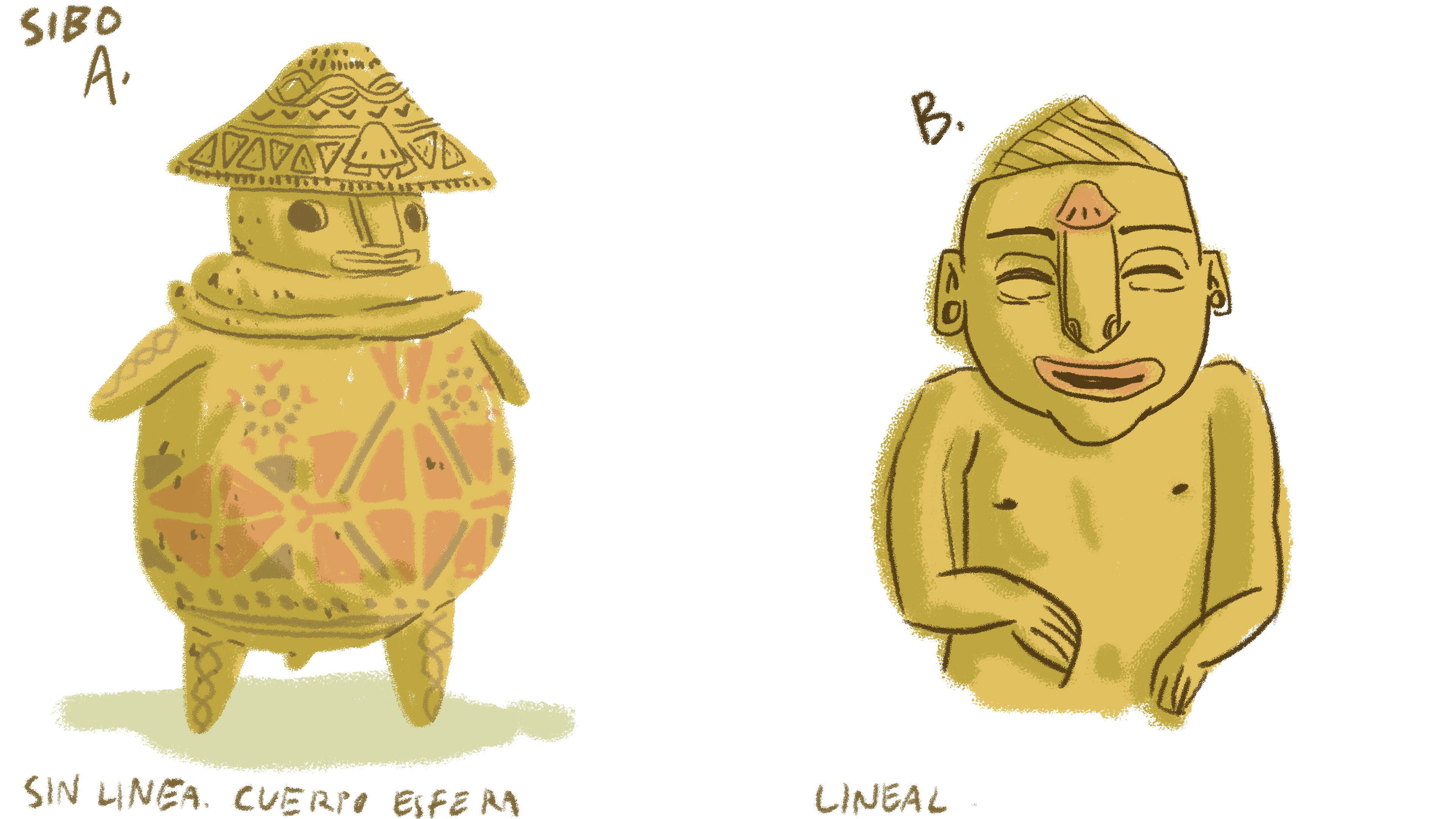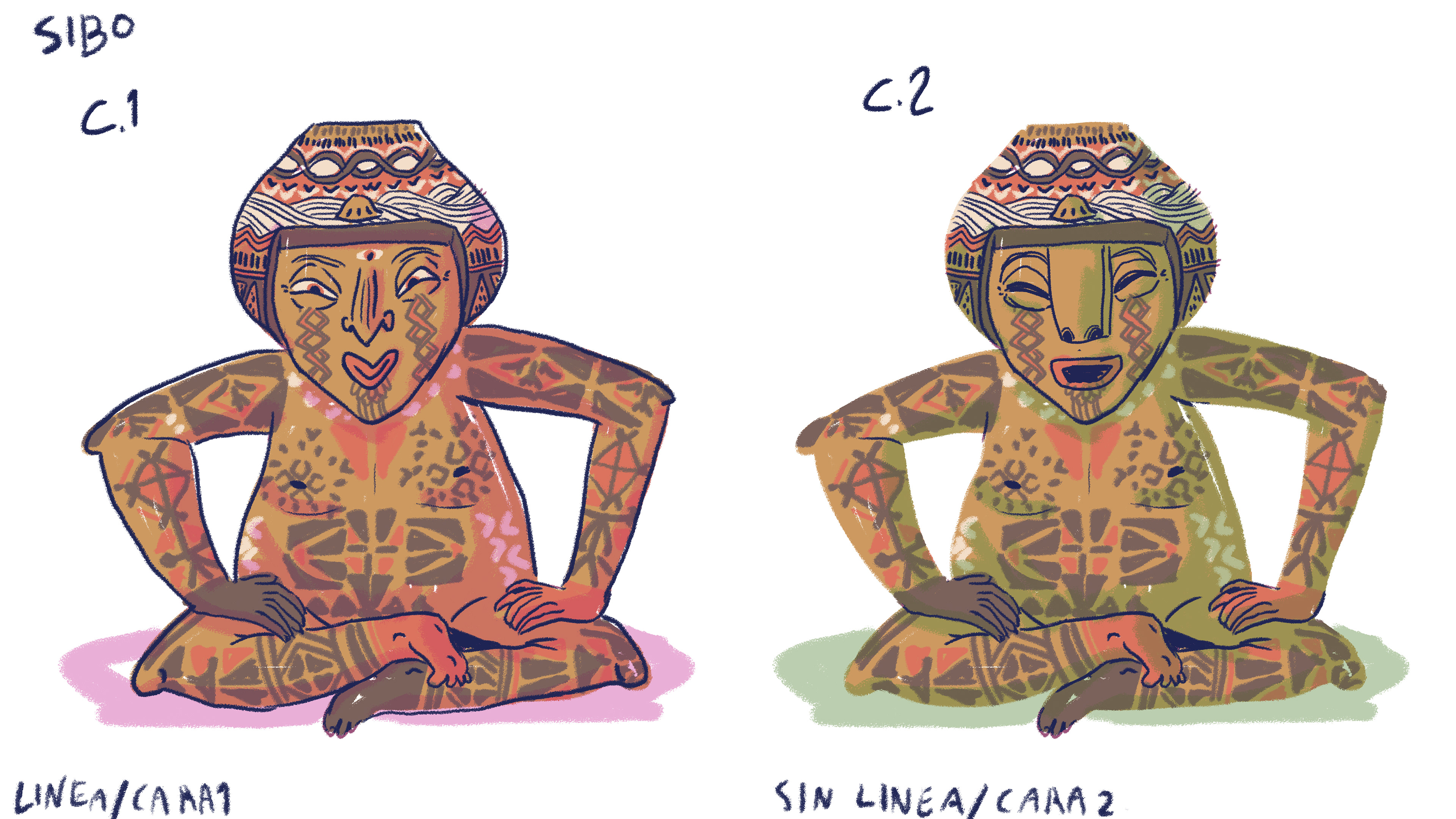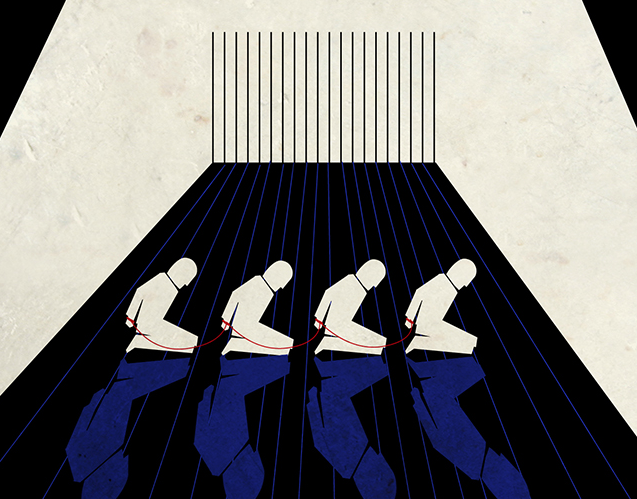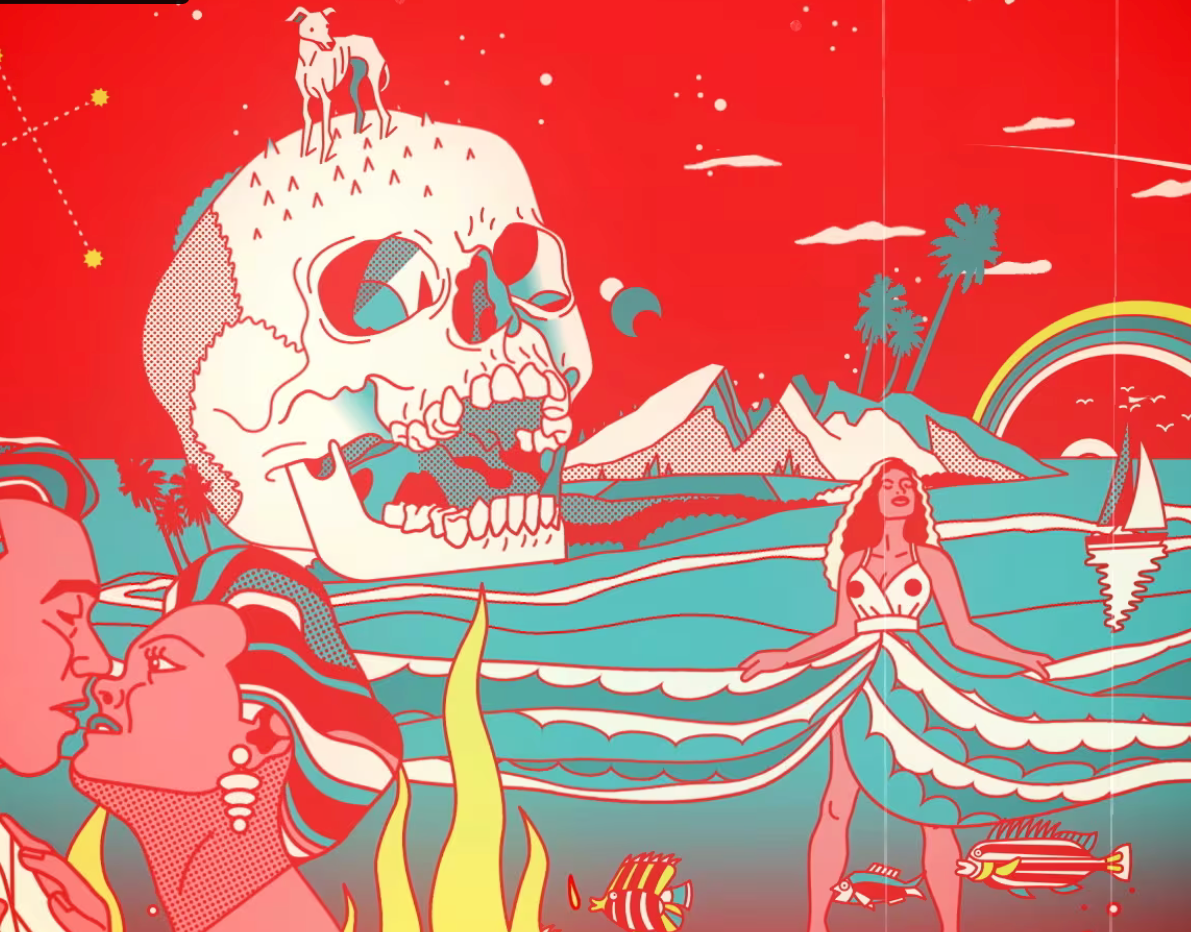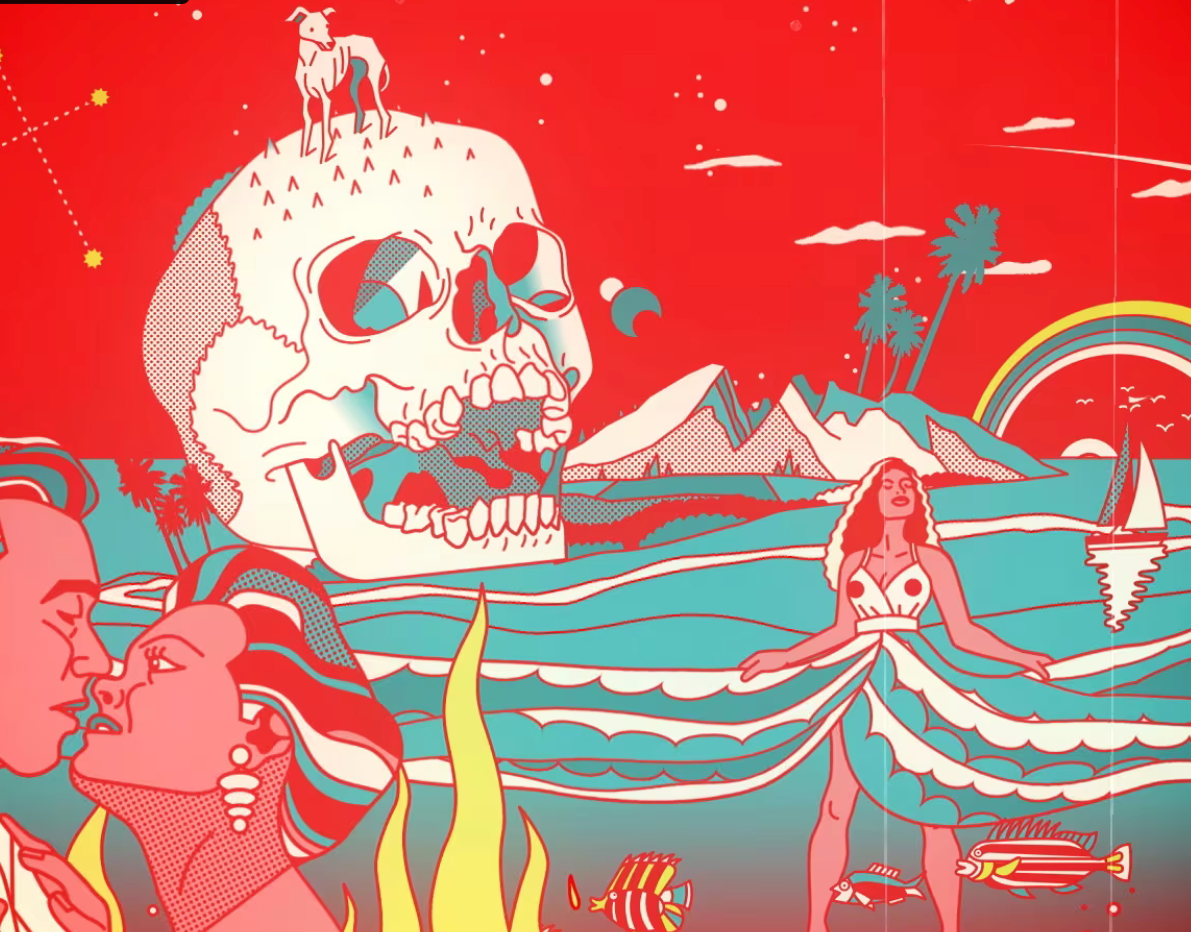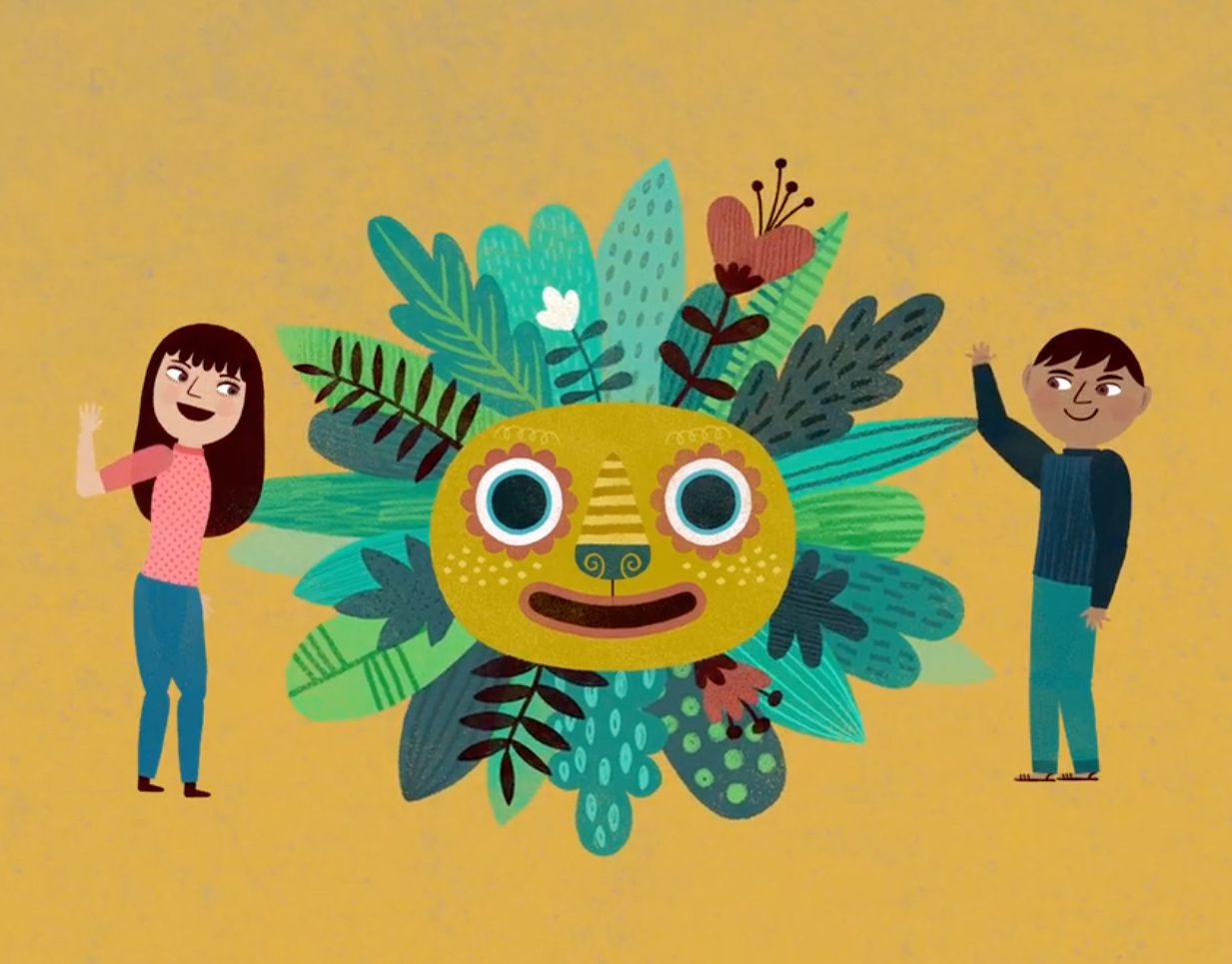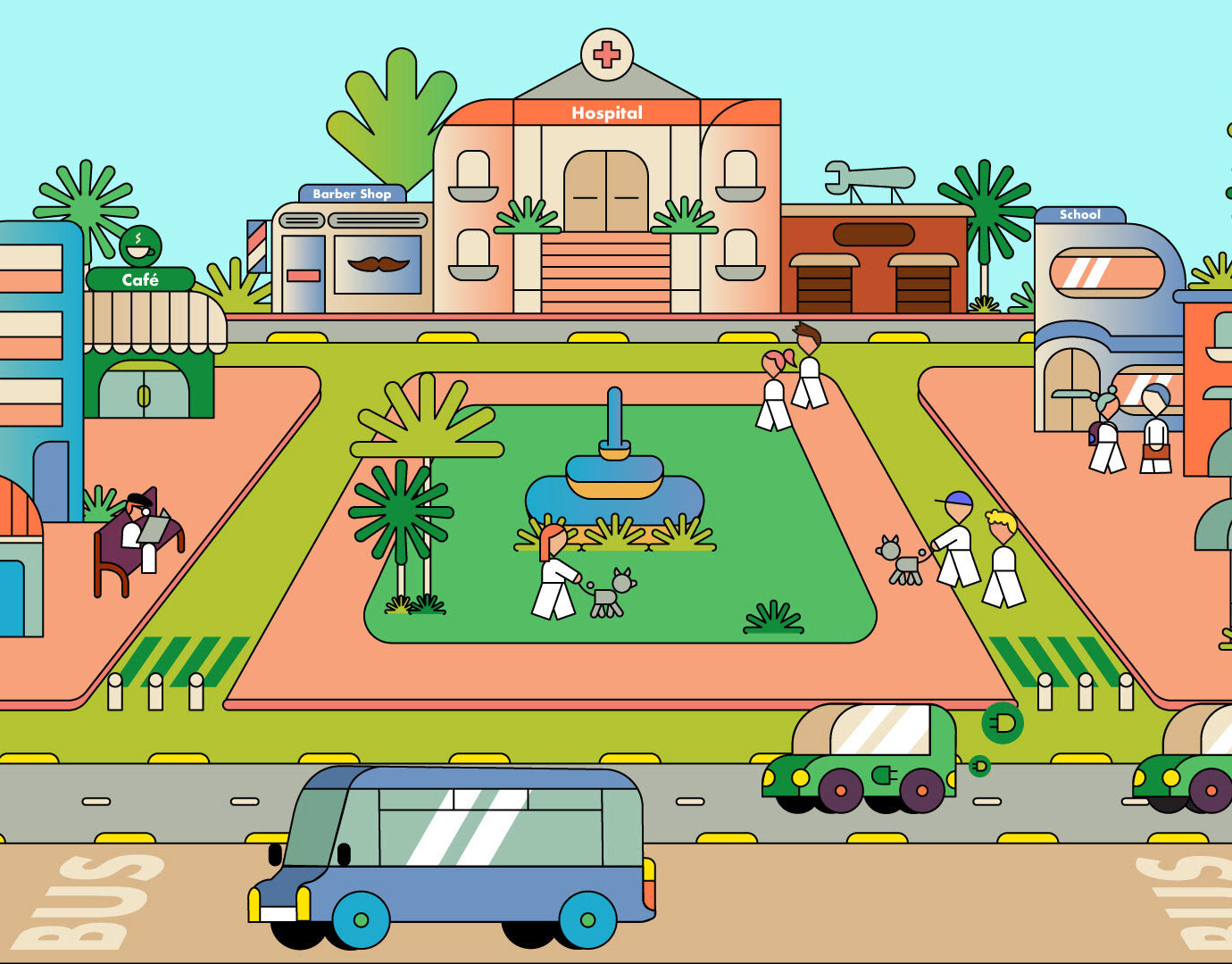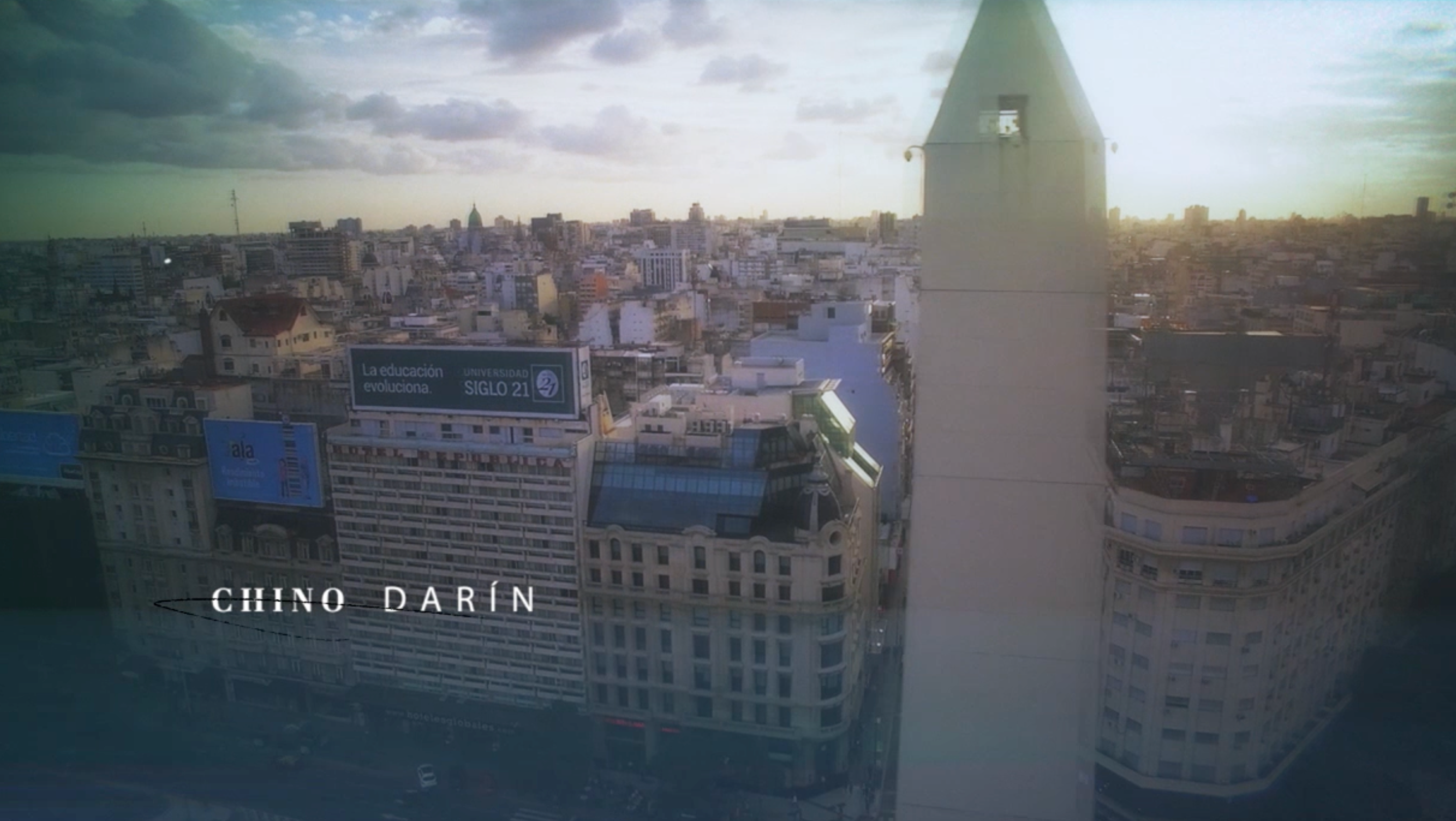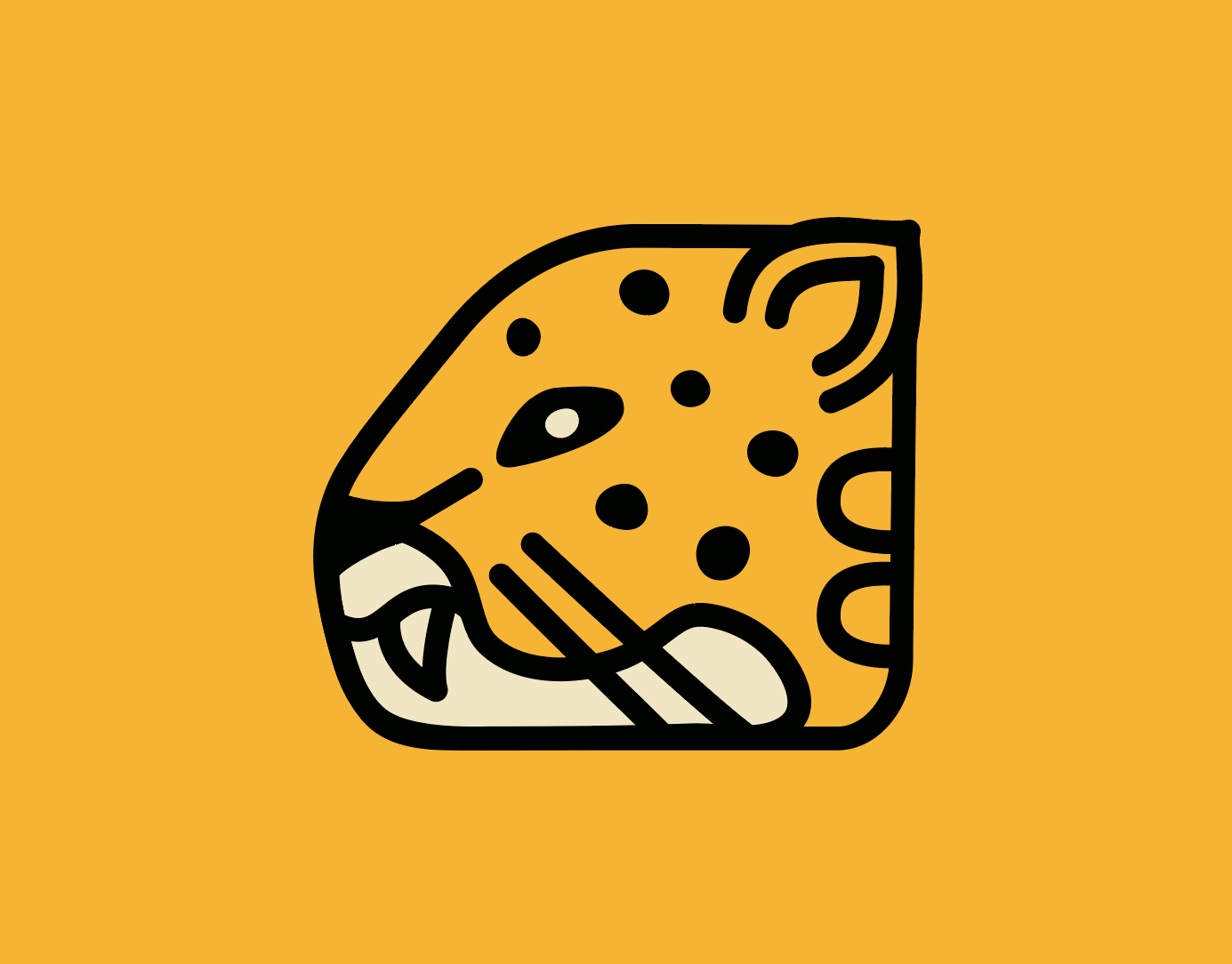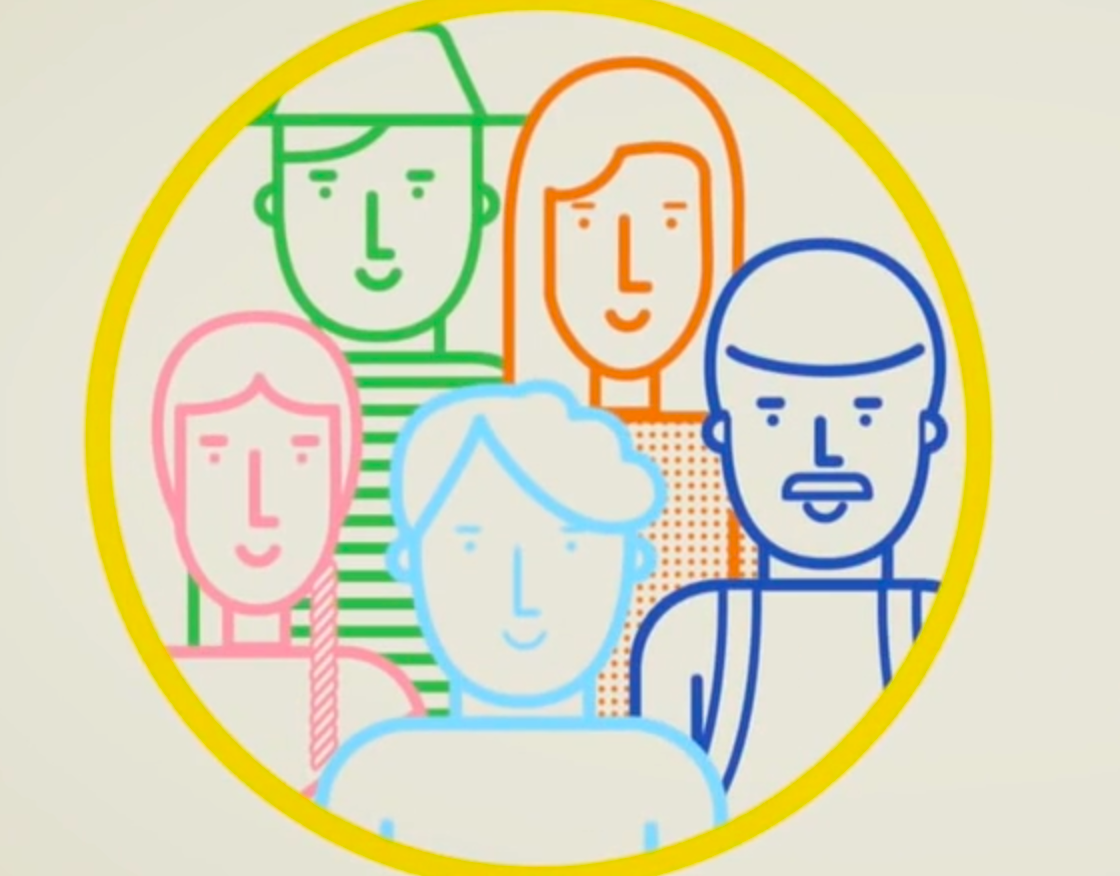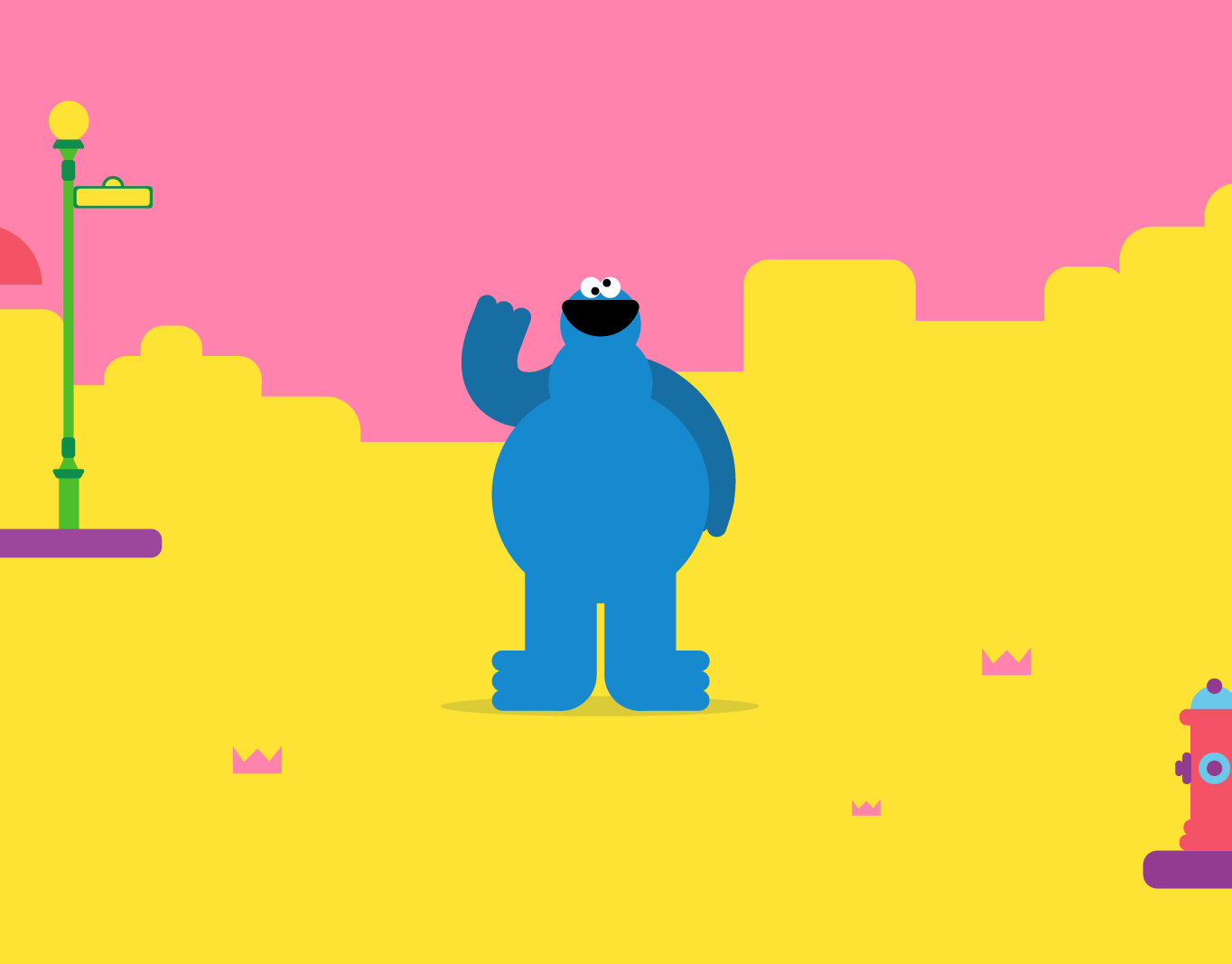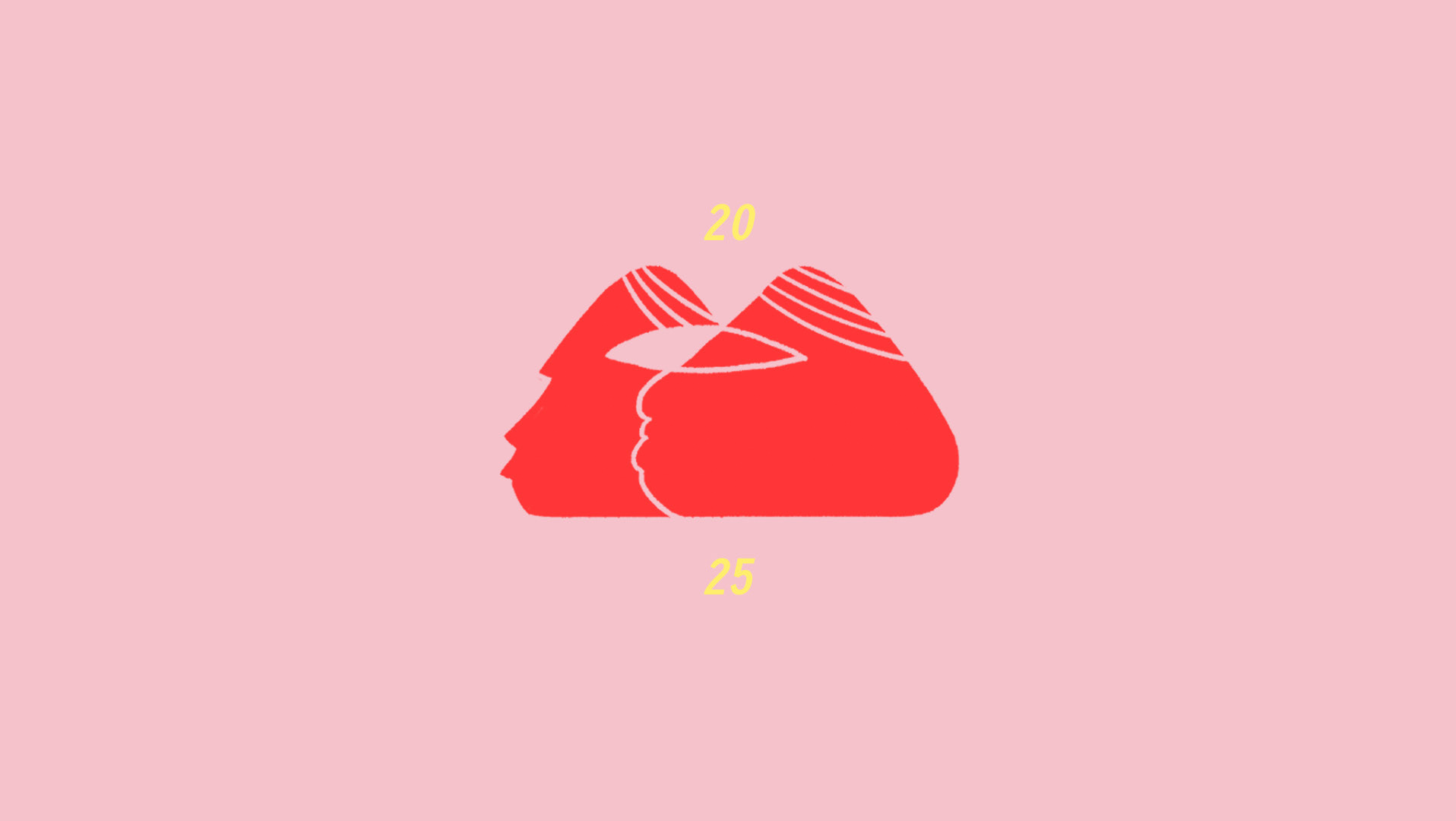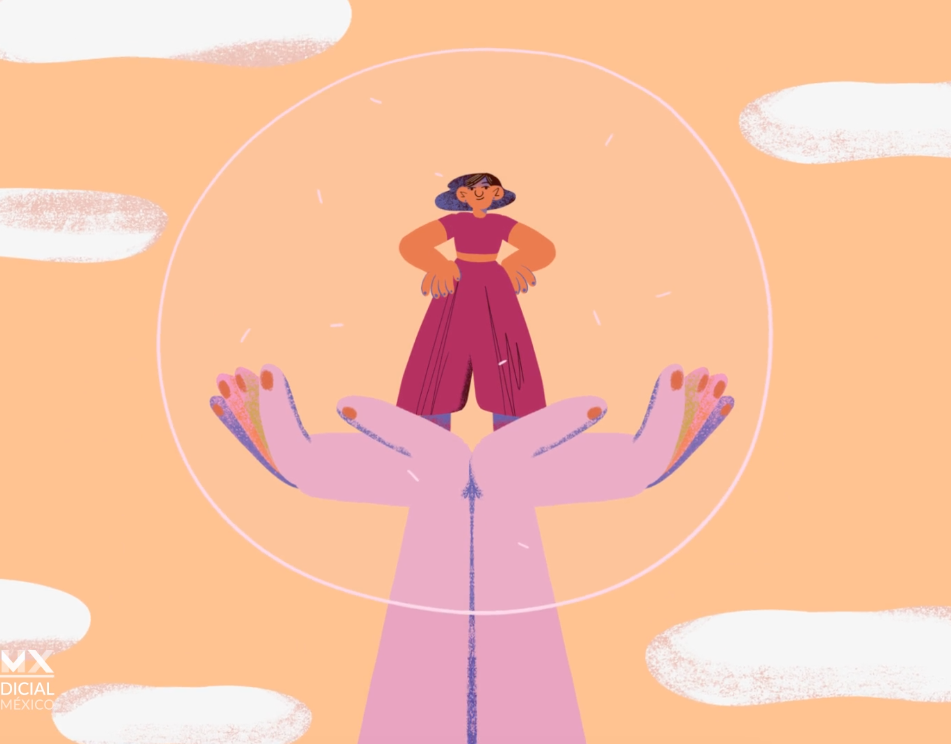Denver Art Museum - Origin Stories
"The Denver Art Museum uses videos, wall text, games, and other means to give context to artwork to shed light for visitors on the people who create the artwork and the cultures they come from. In our reinstalled Art of the Ancient Americas galleries, we worked with Mexico City-based animators Hola Combo to create animations to help tell the origin stories that explain the relationship between ancient American communities and their environment.
For many Indigenous people, the land, the water, the mountains that surround them form part of their make-up. They come from the land and the land sustains them. We chose an origin story from each of the geographic zones on the floor—Mesoamerica, Central America, and South America.
Animation & Production: ¡Hola! Combo
Illustrated by Santiago Solis Montes de Oca
Each animation illustrates the beginning of one of the communities. For Mesoamerica, we chose an excerpt from the "Popol Vuh," a sixteenth-century book in K’iché Maya, that recounts the formation of the earth and the first peoples, among other tales. The K’iché people live in the highlands of Guatemala and speak one of the many Mayan languages. Despite its sixteenth-century origins, the stories in the Popol Vuh exhibit a strong connection with ancient Maya objects. Many of the same characters from the book appear on vessels and other ancient Maya visual material as Dr. Oswaldo Chinchilla-Mazariegos illustrates in his book Art and Myth of the Ancient Maya.
Animation & Production: ¡Hola! Combo
Illustrated by Diego Fournier
The animation in Central America was inspired by a song sung by the Bribri people of Costa Rica and northern Panama. It tells of the formation of the first humans and how they learned to build a relationship with the earth, and with each other that sustains them. The Bribri still sing this song today, and we are grateful to the work of anthropologist Cervantes Gamboa.
Animation & Production: ¡Hola! Combo
Illustrated by Brabra Isuiza
For the Andes, we chose a story that loosely relates to the works on display. “The Legend of Ñaymlap” is an ancient story from Peru’s northern coastal communities and supposedly records the origins of the Sicán or Lambayeque dynasty (about 750–1375 CE). Within this origin story, there is a moral about the relationship between the deities and the land. As the ruler turns away from the deities, rain and floods devastate the land, starving the community. We chose to record this story in Mochica, a nearly extinct Indigenous language, because it is the likeliest language to have been spoken by these people. Matthias Urban from the University of Tübingen translated the story into Mochica. Hola Combo worked with the Central de Interpretación y Traducción en Lenguas Indígenas u Originarias del Peru to record the story in Spanish and Mochica" By Victoria I. Lyall. "
Victoria I. Lyall is the Frederick and Jan Mayer Curator of Art of the Ancient Americas
Denver Art Museum @denverartmuseum
https://www.denverartmuseum.org/en/blog/origin-stories-illuminate-ancient-american-art-culture
